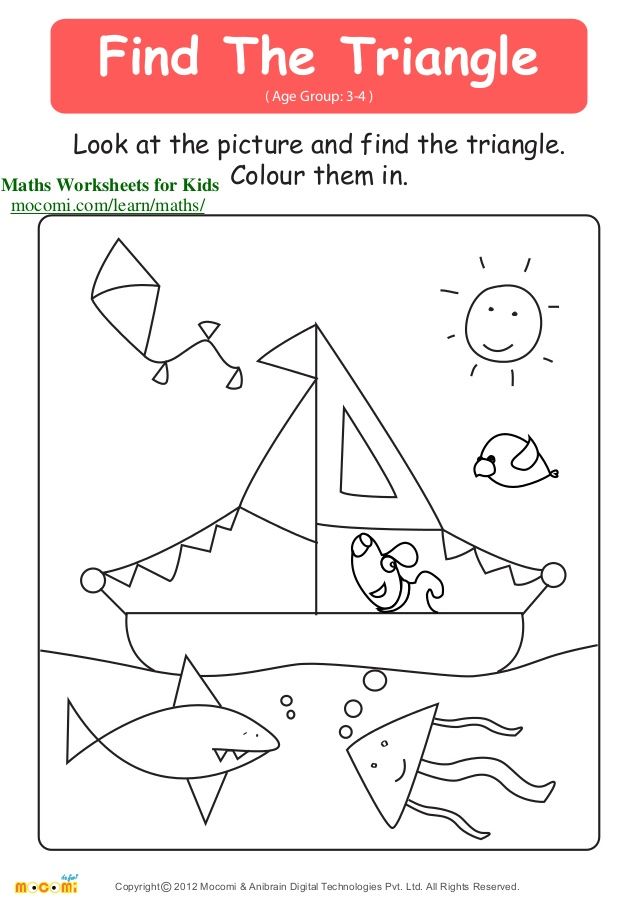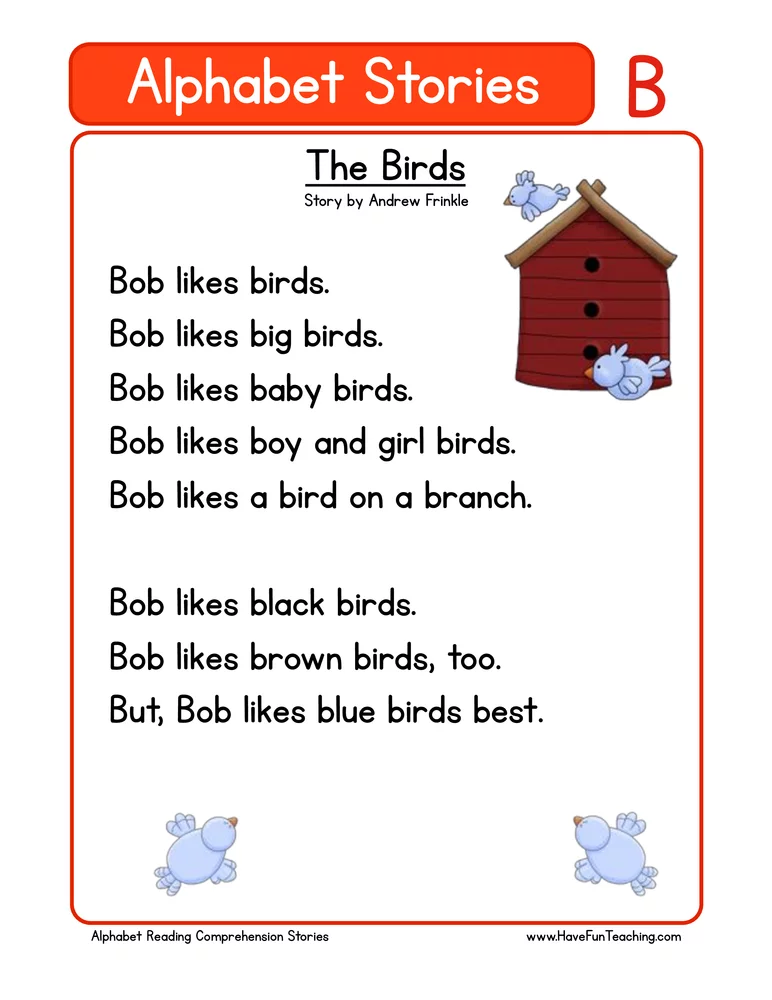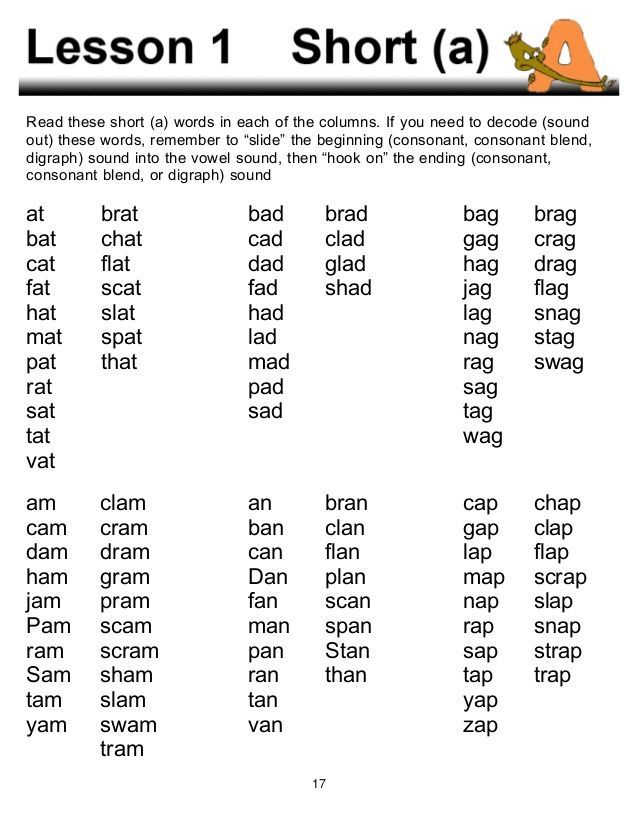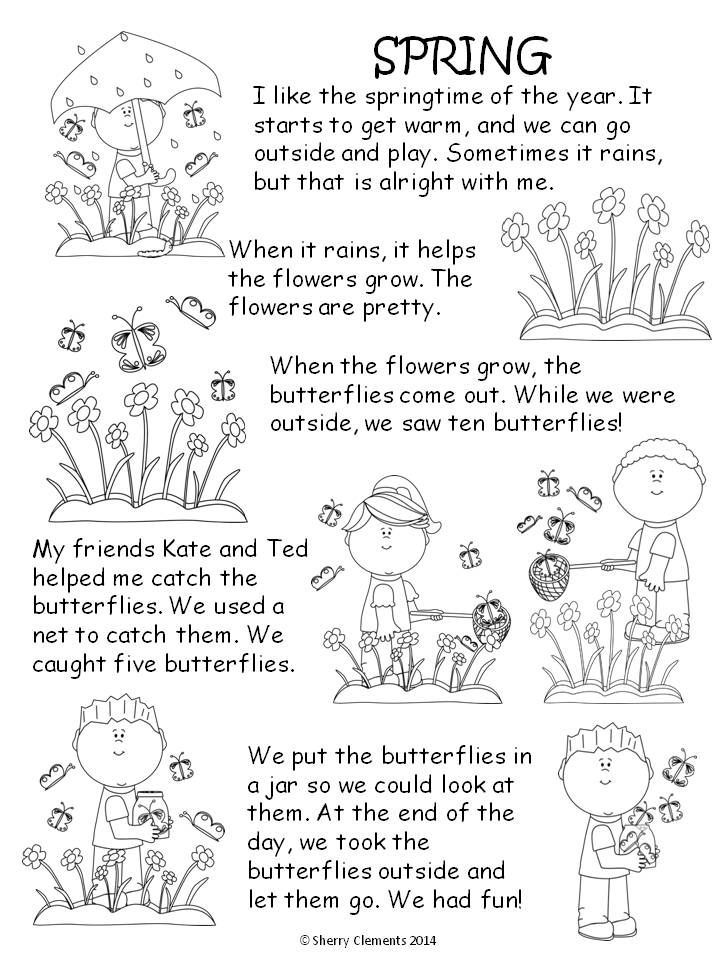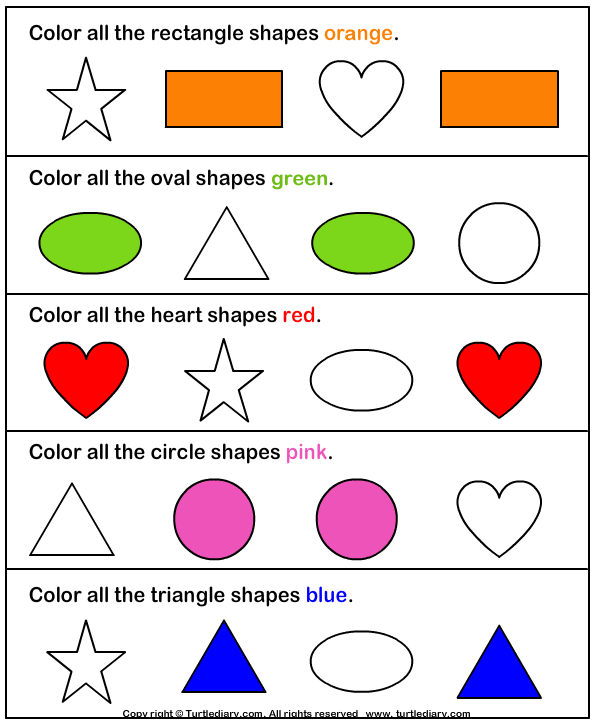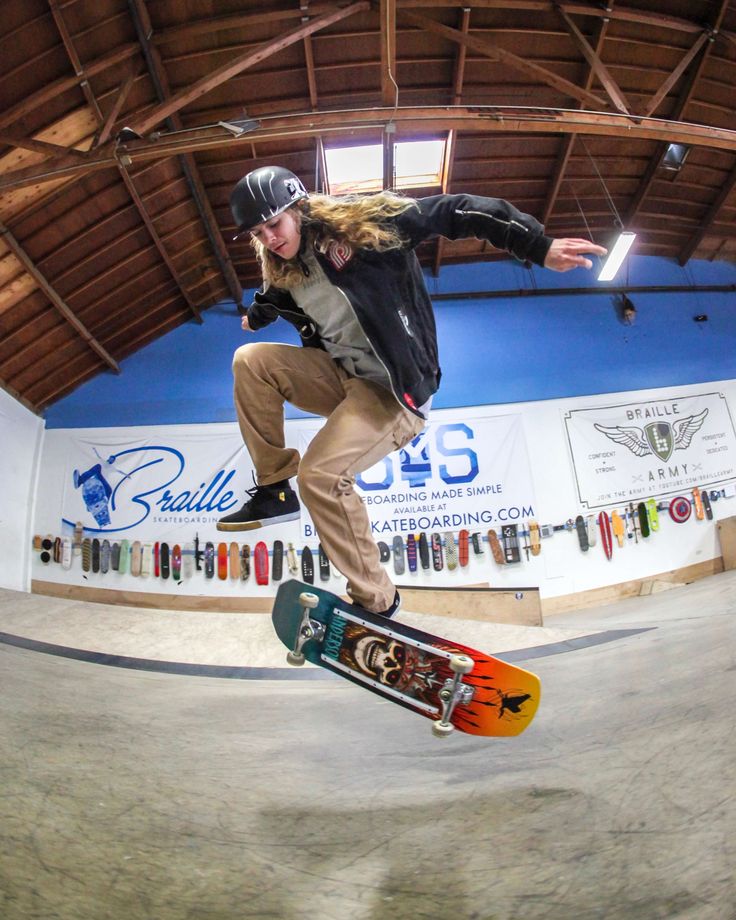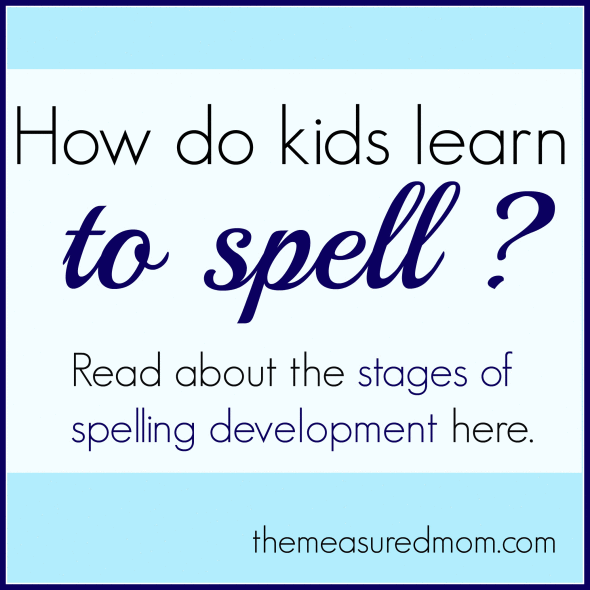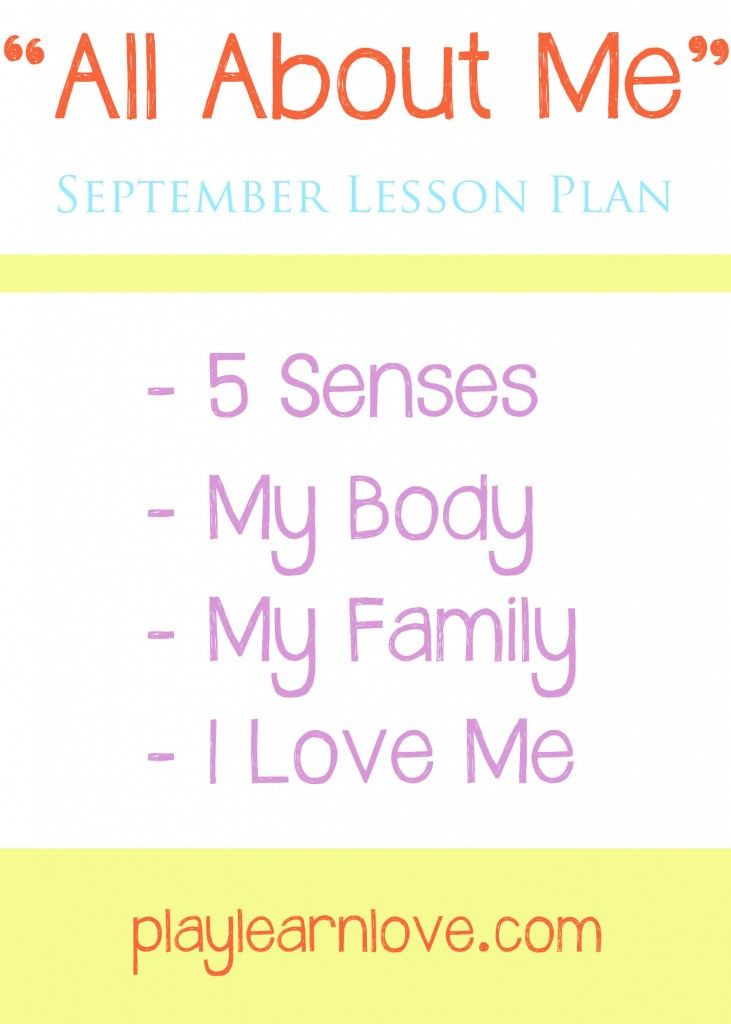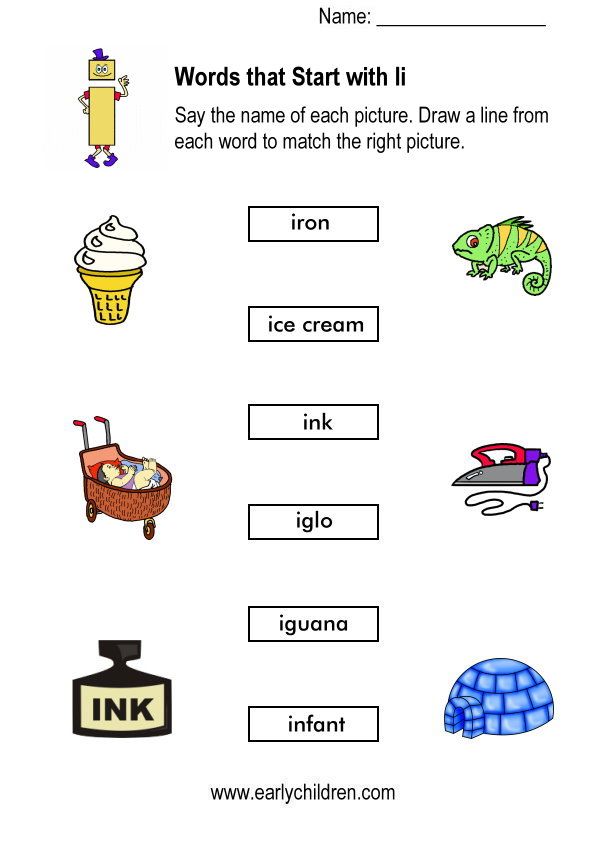At what age do kids learn to count
When Do Kids Learn Numbers and Start Counting?
Starting counting is a significant milestone in children’s development. Though it seems like children learn when they start school, they start learning numbers just as soon as they start exploring the world around them. Other skills they have like identifying shapes help build on what they actually already know.
Counting is taken for granted often. However, there is a lot of research about where our capacity as humans to do math comes from. Some scientists suggest that we are all born with the innate sense of number in our brains.
Though we think that counting has to be taught, we are born with an instinct that the neuropsychologist Brian Butterworth explains as something similar to the idea of color. We perceive the ”blueness” of the sky just as we can perceive the ”threeness” of a group of objects.
When is the Perfect Time for the Children to Learn Counting Numbers?
Of course, having this instinct for the number of objects when we are born doesn’t mean that we don’t have to learn the names and the symbols of numbers to develop that instinct. Children start learning math as soon as they are out in the world and there are certain math milestones most children reach around approximately the same age. However, as we always mention, children develop at different rates. This means that if your child doesn’t have the skills listed for their age group, just be patient and on the lookout.
Similar to reading and talking, counting and math skills and thinking can be introduced to the child from the start. Studies show that children as young as 12 months can have a sense of how many items are in a set that is up to three objects thanks to their innate sense of number. When children start making the connections between the language we use to count and this innate sense, they learn counting.
Counting everyday objects around the house can be a great start for parents to count along with their children. Children may first learn the numbers in a different order, and may even repeat and memorize a sequence of numbers or counting.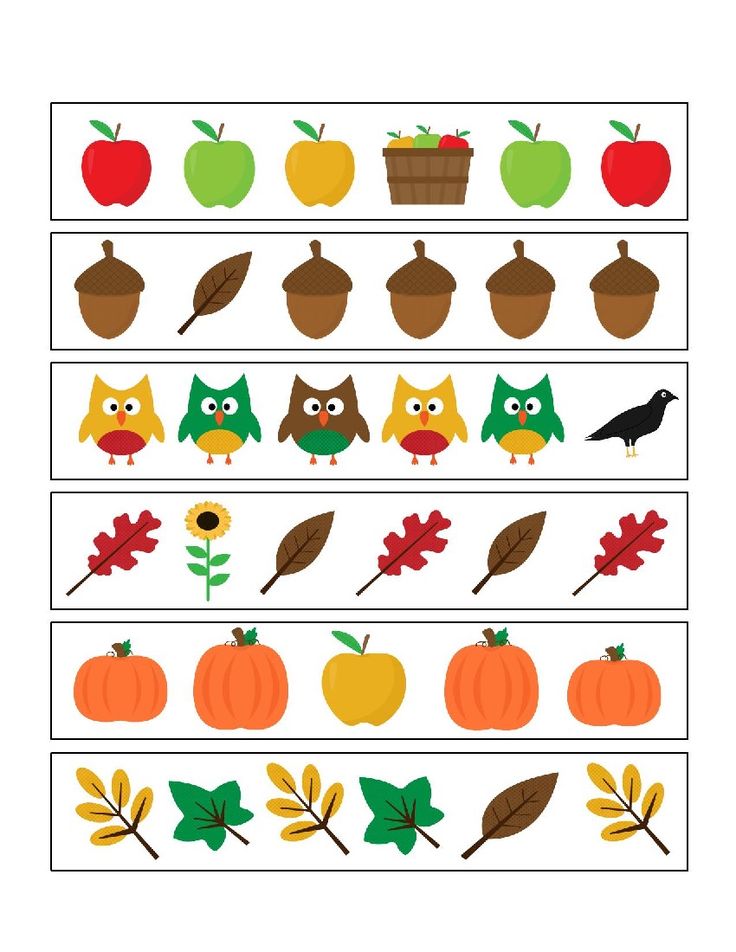 It is just like singing the ABCs. Songs could be great helpers in teaching children how to count. Children develop the ability to understand the actual concept of counting generally around the ages of two and four. By the age of four, children usually can count up to 10 and/or beyond.
It is just like singing the ABCs. Songs could be great helpers in teaching children how to count. Children develop the ability to understand the actual concept of counting generally around the ages of two and four. By the age of four, children usually can count up to 10 and/or beyond.
You may notice that your toddler is skipping some numbers along the way, like jumping from 3 to 6. This is called pre-counters where toddlers start saying numbers in no order. This is very typical for two-year-olds especially. Don’t worry, as they are just beginning to develop their skills. When you notice this happening, model the correct way of counting and they will hear you do the counting the correct way. Keep them exposed to counting and numbers as much as you can, just like what you are doing with reading.
Following the pre-counter stage comes the chanters level. Children may say numbers and count but do this in a sequence. Meaning that they group these numbers. You can observe this when if you interrupt them, they will have to start over rather than continuing from where they left off.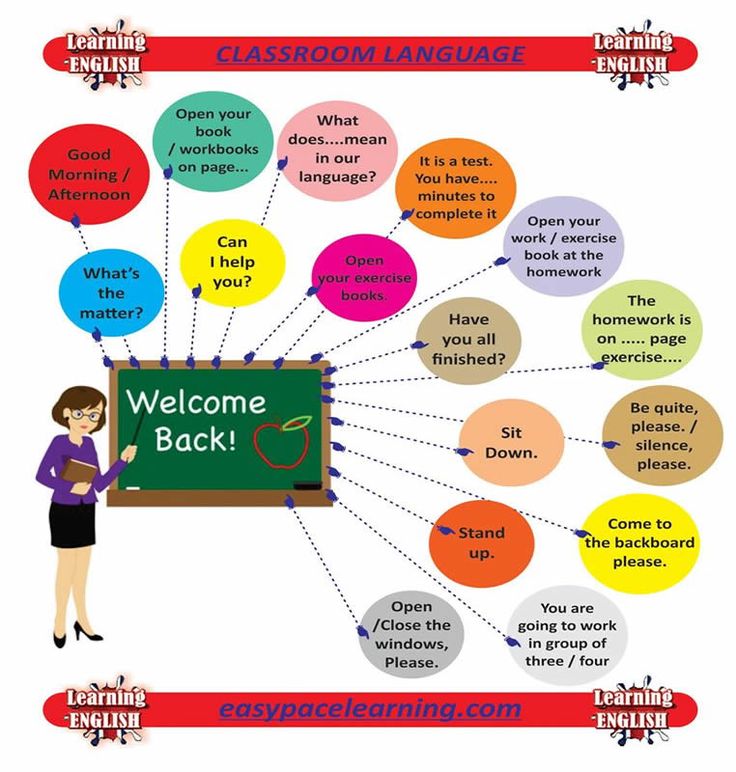 Then, reciter children can verbally count to 5 and so on. However, this is still pretty advanced for a child at this age so it should not be expected right away.
Then, reciter children can verbally count to 5 and so on. However, this is still pretty advanced for a child at this age so it should not be expected right away.
Children at the age of three to four can typically advance to a level of math that is a one-to-one correspondence. They can point at objects and count them. You can practice with your child this skill easily. For instance, to start off easy, put their toys in a straight line and have your child point to each toy as they count them. This behavior model can be used with infants and toddlers to develop their counting skills.
Come along with 200k+ families!
Explore the endless possibilities of learning!
Download for Free.
More than 100 games designed by
psychologists and specialists.
Otsimo Special Education
Download for Free
What is Rote Counting?
Rote counting is the simplest number concept that children can develop. It is the ability to say numbers in order from memory, so it basically consists of counting numbers sequentially.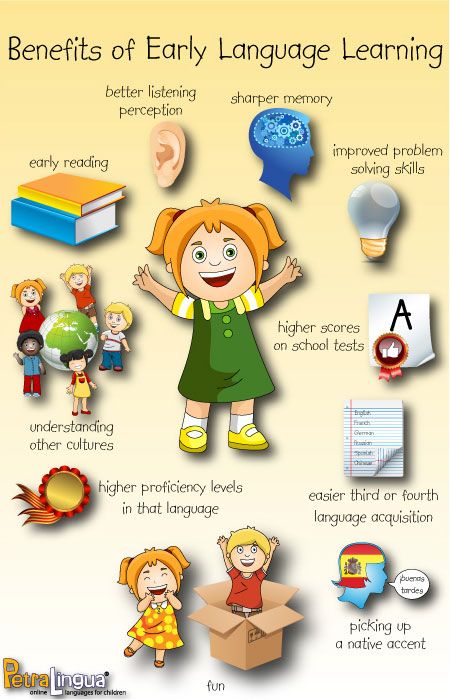 Most children find it easy to count by rote. Usually, this skill begins developing before children recognize numerals. When the child is exposed to counting and numbers both at home and at school, they start to develop together.
Most children find it easy to count by rote. Usually, this skill begins developing before children recognize numerals. When the child is exposed to counting and numbers both at home and at school, they start to develop together.
Through rote counting, children don’t actually count the objects, they just say the numbers in their correct sequence. It’s like going 1, 2, 3, 4, 5, etc. Here, the child doesn’t count objects or actions. Rote counting is just saying a sequence of numbers, and the simplest way is starting from one and counting upwards. It is a core skill related to early maths.
Once the child gets the hang of it, rote counting can also be done backward and starting from different points. When the child grasps this concept and gets this knowledge, they can apply it in different ways and contexts.
The importance of learning rote counting comes before the ability to count objects. Rote counting gets into the picture when a child sees five toys and wants to count them.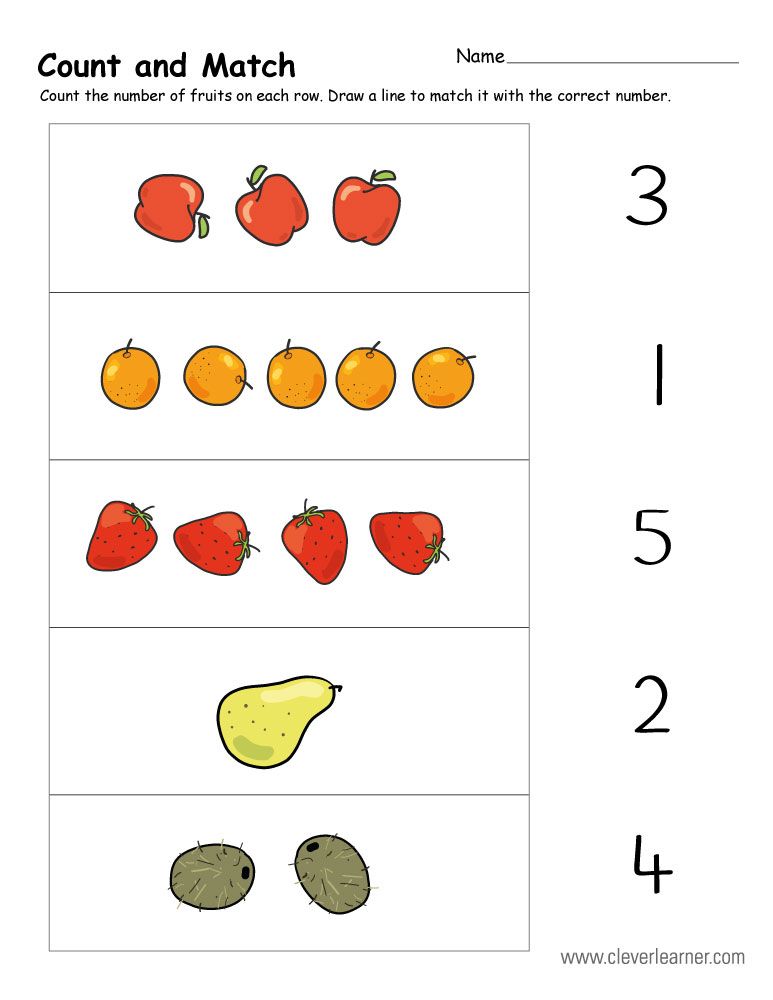 They would have to have the sequence of numbers in their head first in order to work out how many toys there actually are. If rote counting is not established at first, other skills like addition, subtraction, times tables or money may not be learned accurately. Repetition is the best possible way to rote learning.
They would have to have the sequence of numbers in their head first in order to work out how many toys there actually are. If rote counting is not established at first, other skills like addition, subtraction, times tables or money may not be learned accurately. Repetition is the best possible way to rote learning.
Rote counting can be developed and practiced easily with your kid. Try to incorporate counting in your daily routine with your child. You can count the items you got from the grocery store, or create or use counting songs as they will be catchy enough to help your child learn rote counting more quickly. One of the good counting song examples is 1,2,3,4,5 – Once I Caught a Fish Alive.
Math Skills in Different Ages
Each child develops at a different rate than others. However, there is an age group where certain skills develop to take as reference. Here are math skills that children acquire at different ages:
Age 0 - 12 months - Babies
- Starts to understand basic cause and effect relations
- Starts to understand sizes and relative sizes, like small and big
- Starts to understand words related to quantities
- Starts to predict the sequence of events, like opening the door means mommy is coming
Age 1 - 2 years - Toddlers
- Can use fingers to show how many years old they are as they understand that numbers mean ”how many”
- Can match certain basic shapes, like putting the triangle in the triangle hole
- Can understand words indicating comparison or measure like behind or faster
- Can start to recite numbers but may skip some
Age 3 - 4 years - Preschoolers
- Can compare and contrast height or size
- Can recognize shapes around
- Can sort things out based on color
- Can make the connection between numerals and number names, like 2 and two
- Can count up to 20
Age 5 years - Kindergartners
- Can add by counting their fingers on one hand
- Can follow very basic maps
- Can draw symmetrical shapes
- Can understand and follow directions that have multiple steps
Age 6 - 7 years - First and second graders
- Can understand and know the difference between 2D and 3D shapes
- Can count to 100 by ones, twos, fives, and tens
- Can write and understand numerals from 0 to 100
- Can write and recognize the words for numbers from one to twenty
- Can do basic addition and subtraction up to 20
Age 8 - 9 years - Third graders
- Can know how to do multiplication and division
- Can do addition and subtraction
- Can handle money
- Can use paper and pencil to solve math problems
Basic and Fun Math Games for Counting to 10
We have gathered some basic and fun math games that will develop your child’s sense of numbers, counting, and math!
Count with Dominoes!
In this game, you can use dominoes to practice counting and maths.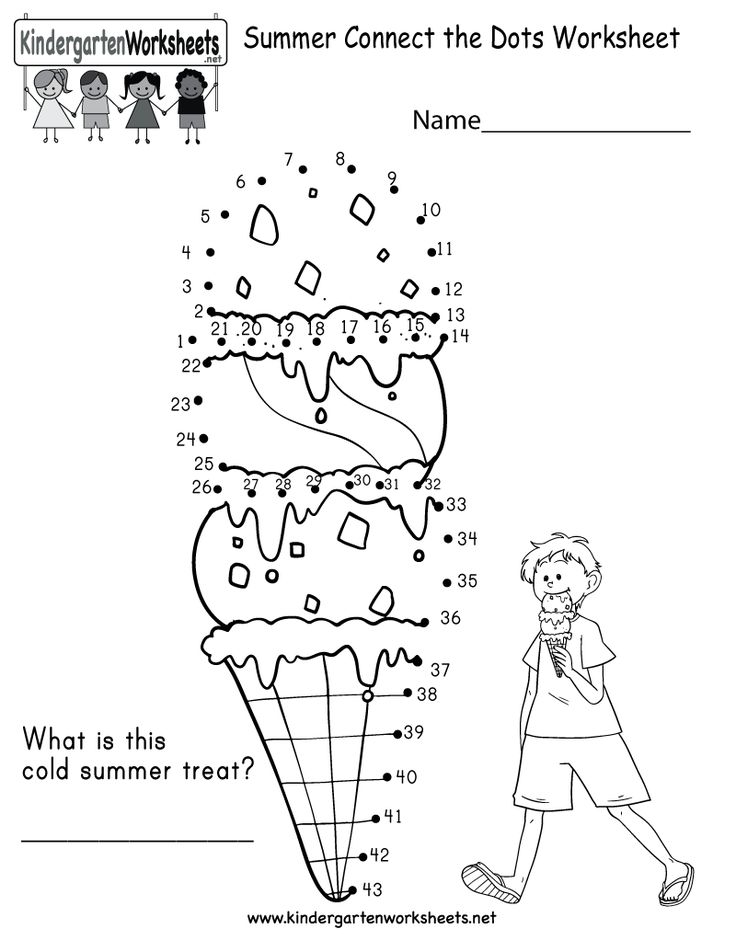 You can draw your child a worksheet where you will separate the page into boxes. You can then give your child a domino for them to count the dots on the two sides.
You can draw your child a worksheet where you will separate the page into boxes. You can then give your child a domino for them to count the dots on the two sides.
If you would like to put math into the game, you can put one addition or subtraction, where the child will write or tell the numbers and the result. You can also play this game with more than one child to turn it into a competition!
Toy Car Race!
You can play this game with some toy cars, cardboard tiles, and dice. You can race your child or you can have your child and other children play at the same time. The goal of the game is to move 10 tiles to get your toy car to finish the race. The number of tiles can be increased depending on which numbers you would like to work on.
Your child will roll a die and lay down a tile to move their car forward. However, in order to get to tile 10 at the end, they have to roll the number they need. Going over is not allowed. This will help your child practice counting as well as some basic addition.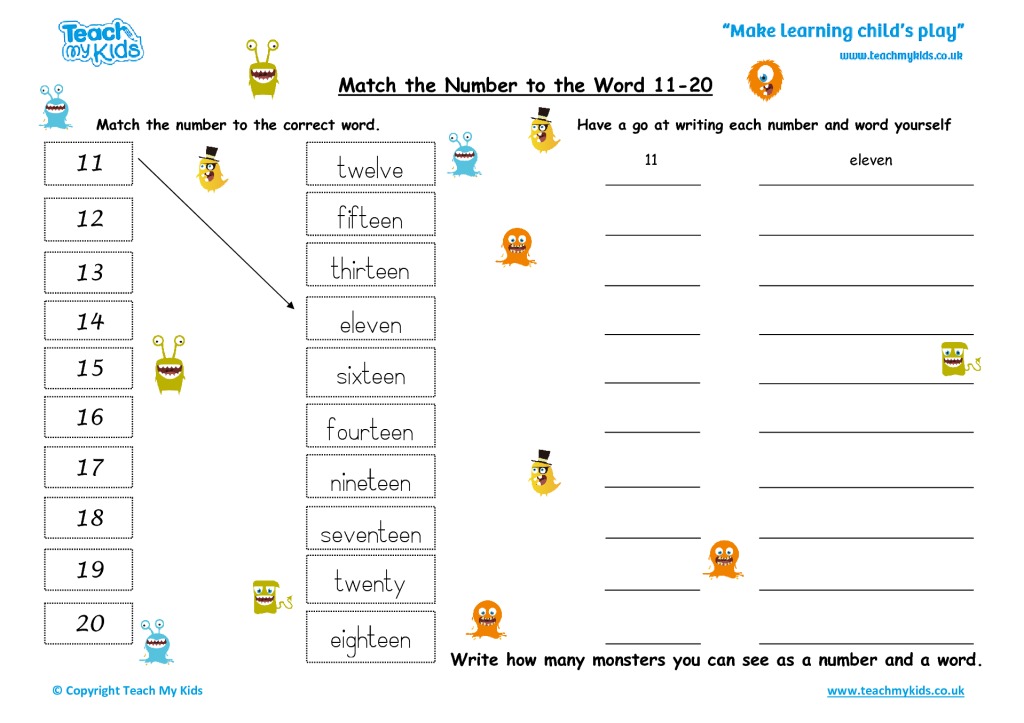
Makeshift Weight Station
You won’t need much for this game. Get a clothing hanger and hang two plastic cups on either side of the hanger. Have your child drop small items into the cups to see which items weigh more or less. Kids love this game and putting items in the cups. Have your child or multiple children guess what weighs more first! You can also ask them to guess how many of the objects in the cup weigh the same.
10 Rocks
This is a great outdoor activity to learn counting and math. Prepare buckets with numbers on them. Have your child look for and gather rocks and put them into the buckets to complete the number on the bucket. You can also add some other features into the mix, for instance, have your child look for 5 big rocks for the big rock bucket and 10 small rocks for the small one.
When Do Kids Start Counting to 10?
Feb 12, 2022 Counting to 10 is a major developmental milestone to which many parents look forward.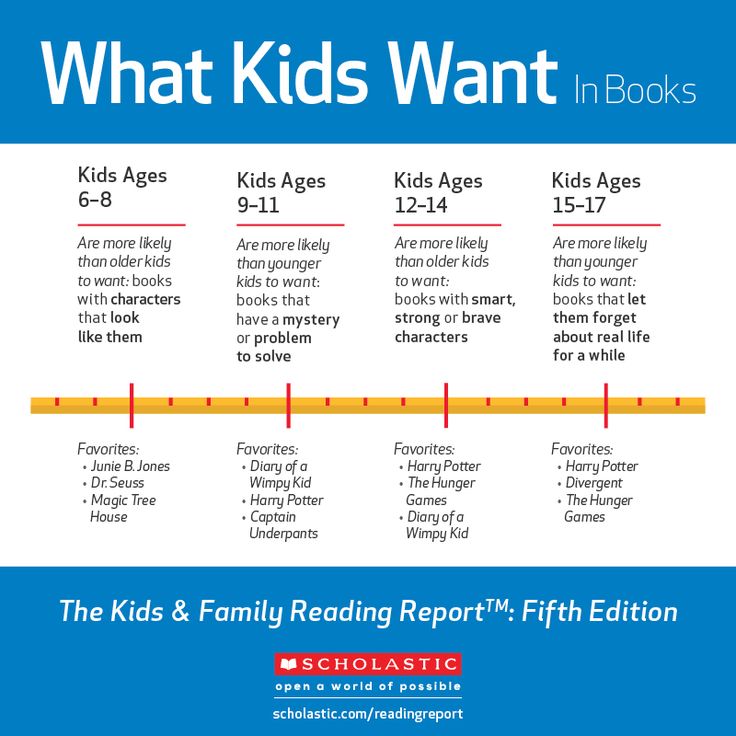 But, at what point should your child start to learn numbers, and when should they be able to count to 10?
But, at what point should your child start to learn numbers, and when should they be able to count to 10?
In This Article
- When Should My Toddler Learn to Count to 10?
- Do you feel like your child should be counting by now?
- When Do Children Understand Basic Math Concepts?
- 9 Early Math Games for Kids Learning to Count to 10
- 1. Coin counting game
- 2. Magnetic fishing game
- 3. Songs about numbers
- 4. Get active while counting
- 5. Speech Blubs’ “Numbers and Me” section
Math is all around us and from the moment children start exploring the world, they are learning. Whether they are identifying shapes, recognizing patterns, or predicting events, these are all mathematical concepts that develop as a child ages. But, at what age do children start to understand numbers?
The truth is, children will recite numbers before they actually understand the concept behind them.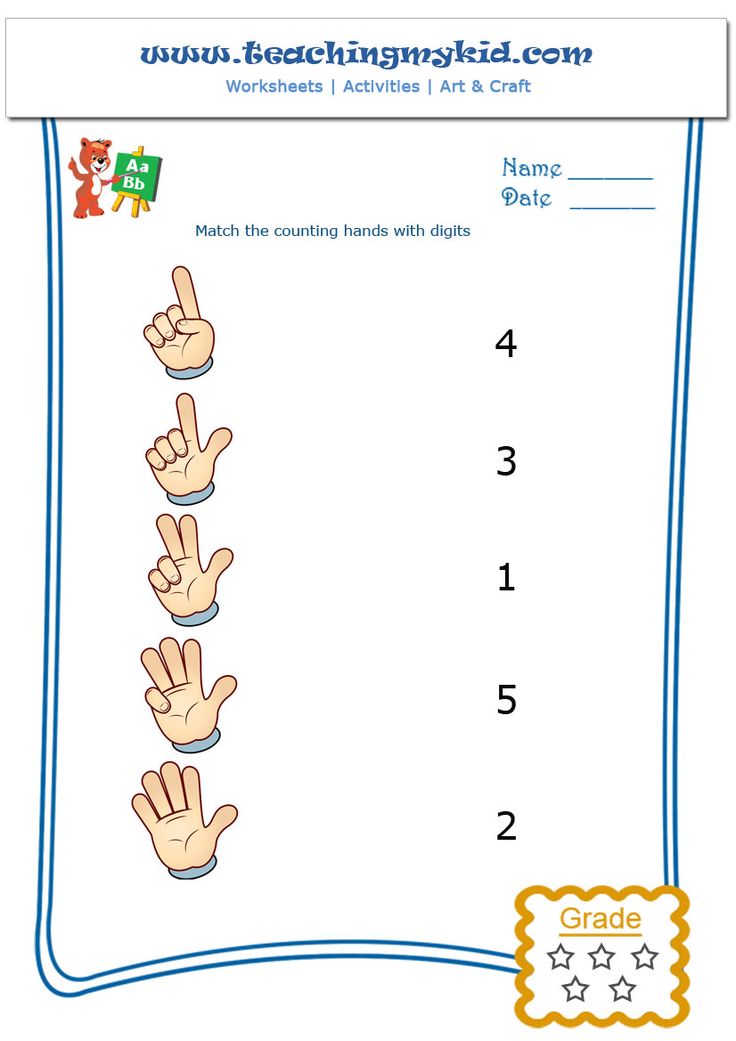 Though every child is different, most toddlers will be able to count to 10 by the time they are two-years-old. At this point in time they are probably repeating them mostly by memory and have yet to understand what they actually mean.
Though every child is different, most toddlers will be able to count to 10 by the time they are two-years-old. At this point in time they are probably repeating them mostly by memory and have yet to understand what they actually mean.
This concept is known as “rote” counting. Rote counting is when a child can say numbers in order, and is mostly learned through hearing the numbers repeatedly said out loud by others.
Do you feel like your child should be counting by now?Take this free cutting-edge 3-minute quiz. You will find out if your child is on track with his milestones and receive a free report with a personalized plan of learning. Speech Blubs is full of activities to encourage speech development!
View this post on Instagram
A post shared by Speech Blubs (@speechblubs)
When rote counting to 10, children may be able to cite numbers in order or may jump from number to number randomly.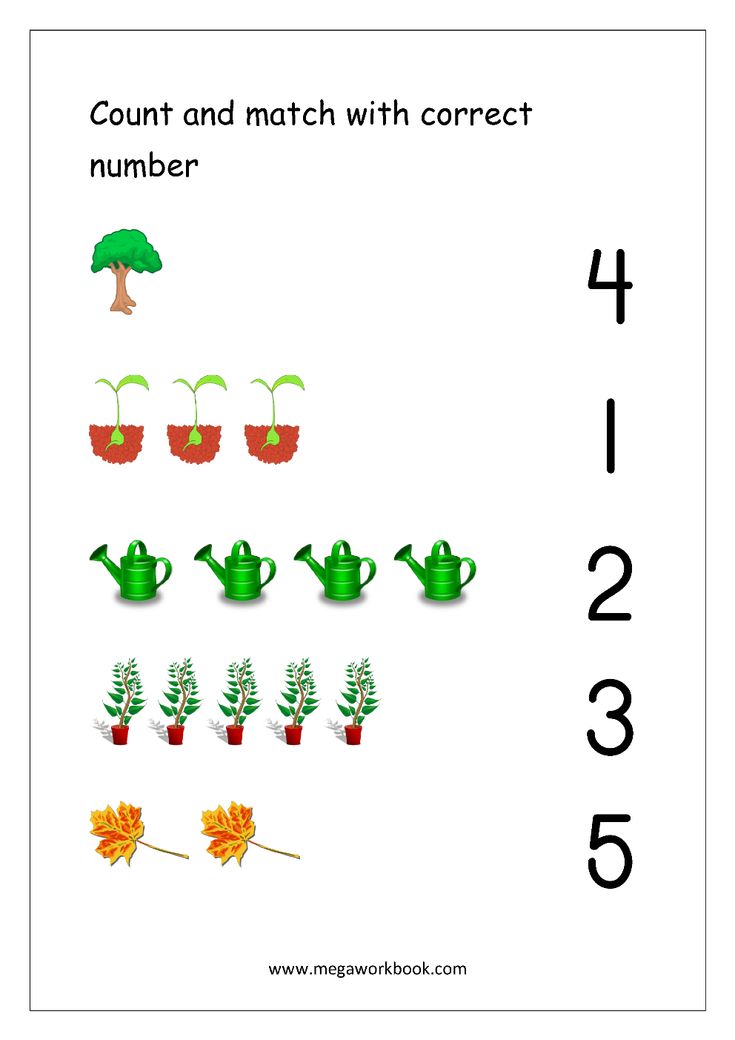 The more they hear others count, the more confident they will become in reciting the proper number orders.
The more they hear others count, the more confident they will become in reciting the proper number orders.
Note: Don’t panic if your child is not able to count to 10 by the time they are 2-years-old. This is the average age that children learn to count, but is by no means definitive.
All children learn at their own pace and some will learn more quickly than others. You can help your child learn numbers by working with them on a regular basis and engaging in toddler math activities.
When Do Children Understand Basic Math Concepts?We mentioned above that even though most toddlers can cite their numbers by 2, they don’t necessarily understand the concept behind them. Children don’t actually start to understand the concepts of counting until between 2-4 years of age.
The first sign that your child is starting to understand the concept behind numbers is with a skill known as one-to-one correspondence.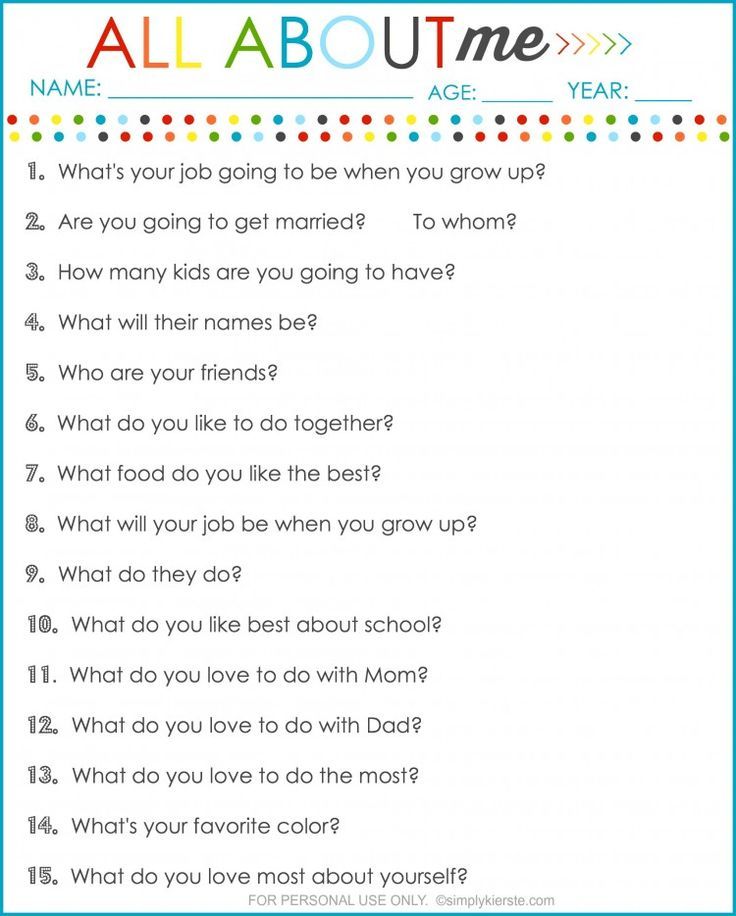 You will often see this during playtime. One-to-one correspondence is when children start to group objects, pointing to each one as they count them. Again, this math skill is often learned by copying others.
You will often see this during playtime. One-to-one correspondence is when children start to group objects, pointing to each one as they count them. Again, this math skill is often learned by copying others.
The next stage is understanding what these numbers represent. For example, if you count “one,” “two,” “three” cars, then there are three cars total in that group.
Once children start to understand this concept, the next stage is pairing numbers with their written numerals. Most children can start to understand this pairing by their preschool years, or 3-4 years of age.
Other mathematical concepts that are usually developed by the preschool years include the ability to recognize shapes, use classifications (height, size, etc.), use spatial awareness for puzzles, and start predicting cause and effect relationships.
Learn Numbers With Speech Blubs!
Take this quiz and get a report on your child’s milestones and a personalized learning plan.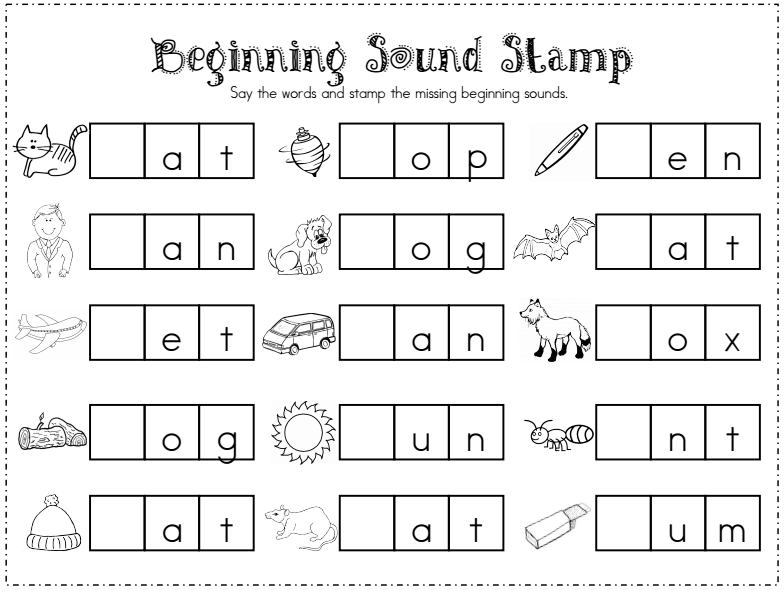
Start the Assessment
9 Early Math Games for Kids Learning to Count to 10
Here are some early math games for kids that you can do with your toddler to help them learn numbers and to count to 10:
1.
Coin counting gameIf you give a toddler a beautiful toy, what will they want to play with? A box. This is because toddlers love “real-life” toys and often prefer them to plastic kids’ toys.
With a toddler, things like boxes, pots, and pans, and money will attract more attention than any toddler toy – so why not utilize this to your advantage?
To encourage counting for preschoolers, let them count coins. At the same time, you can work on sorting the coins by size and on learning the different values of the coins. Each of these are mathematical concepts that will develop over time, but that you can encourage by practicing regularly.
2. Magnetic fishing gameYou can purchase magnetic fishing games at almost any store that sells children’s toys.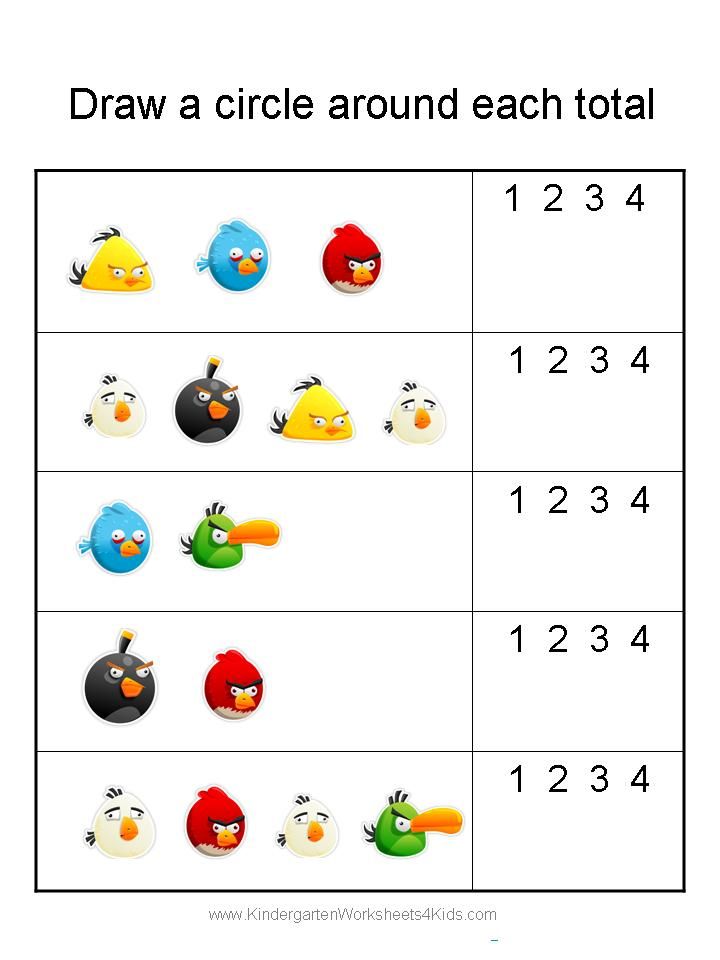
These games are exactly what you would think they are – children use a magnetic pole to go “fishing” for magnetic fish.
Encourage your child to count the number of fish as they catch them. Not only will this encourage counting, but it will also help them with their hand-eye coordination.
3. Songs about numbersChildren love to sing and dance, and singing songs together is a great way to enhance learning. It is a perfect math game for kids, since they won’t even know they are learning! And when it comes to counting to 10, there are many songs out there that can help your child learn.
All you have to do is search YouTube for “number songs,” and you can choose from a long list of catchy tunes to help your child learn their numbers – and have a blast while doing it.
The Very Hungry Caterpillar is one of the classics, when it comes to teaching counting for preschoolers.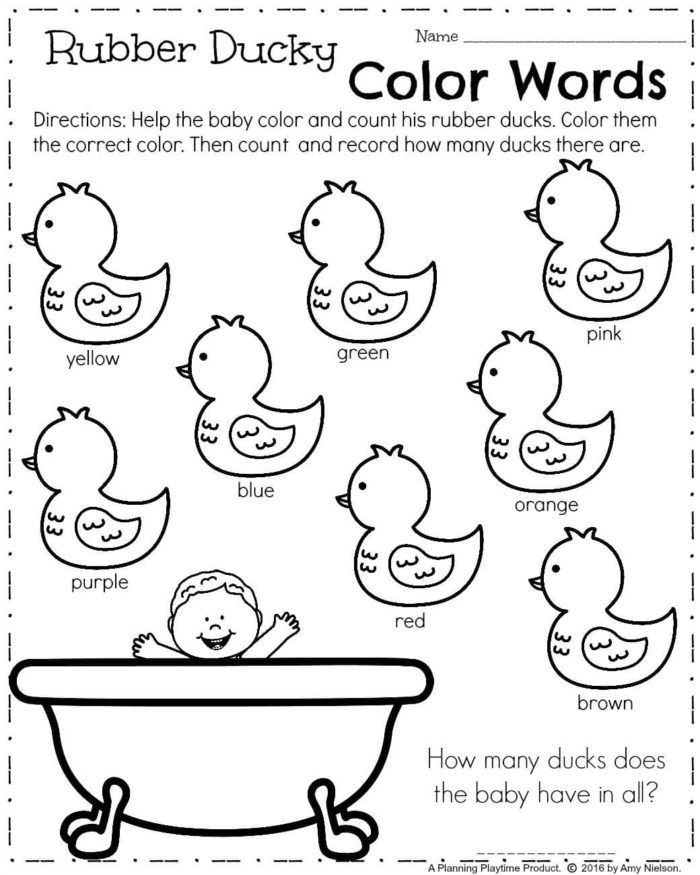 4. Get active while counting
4. Get active while countingWhen it comes to learning, we always like to encourage you to get your children outside. And when it comes to mathematics, nature is one of the most educational places your child can be.
Why? Because there are examples of math all over – the symmetry of a snowflake, the pattern of a pinecone, the geometry of a honeycomb, the height of different trees – math is everywhere you look. Of course, you can’t expect your toddler to understand the geometry of a honeycomb, but you can encourage them to count outdoors. **You also might check out Jon Scieszka’s bestseller, The Math Curse, for a fun story about a child who encounters math in everyday activities.
Go for a walk, choose a piece of nature (i.e., a tree), and see how many you can count on your way.
Learn Numbers With Speech Blubs!
Take this quiz and get a report on your child’s milestones and a personalized learning plan.
Start the Assessment
5.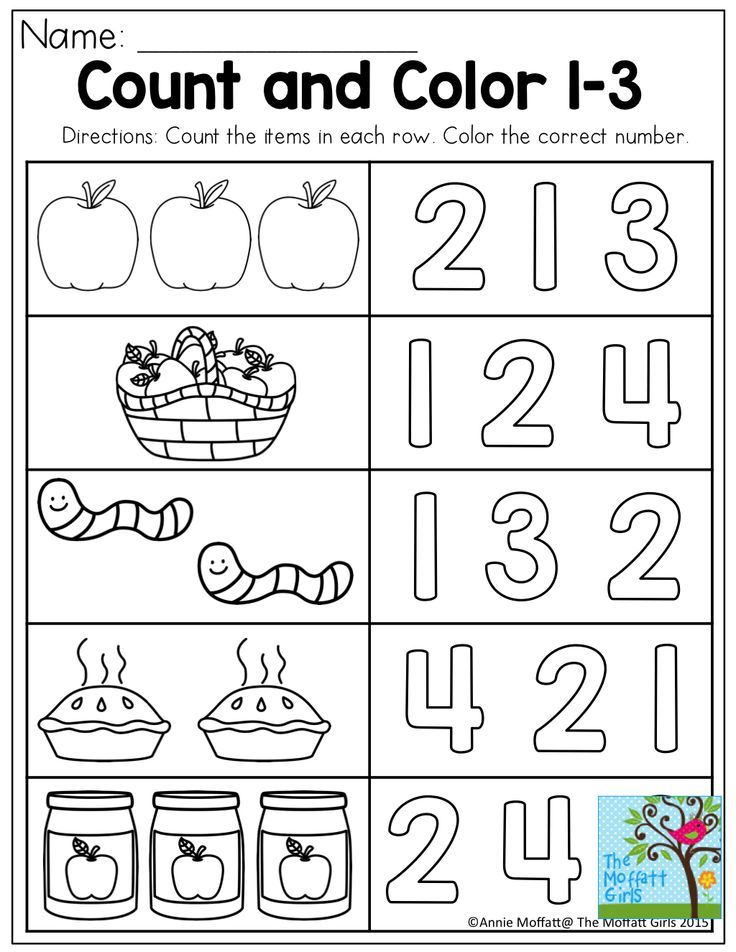 Speech Blubs’ “Numbers and Me” section
Speech Blubs’ “Numbers and Me” sectionSpeech Blubs is a speech therapy app that can help toddlers and young children to work on their speech. It can be used by all children, including those at a “typical” developmental level, and those with developmental speech delays due to conditions like autism or other learning disabilities.
The NUM8ER5 AND M3 section of the app puts elementary numerical concepts on the tips of children’s tongues. It is a great early math game that you can use to teach counting to preschoolers.
Speech therapists will tell you that as children learn, the brain processes mathematical and linguistic stimulus in completely different locations of the brain. But, by doing exercises that target both of these neural centers simultaneously, you can help pave new neural networks within the brain.
When using Speech Blubs, children’s participation will be rewarded with fun facts that show how various numbers appear within the world, on our bodies, and within society in general.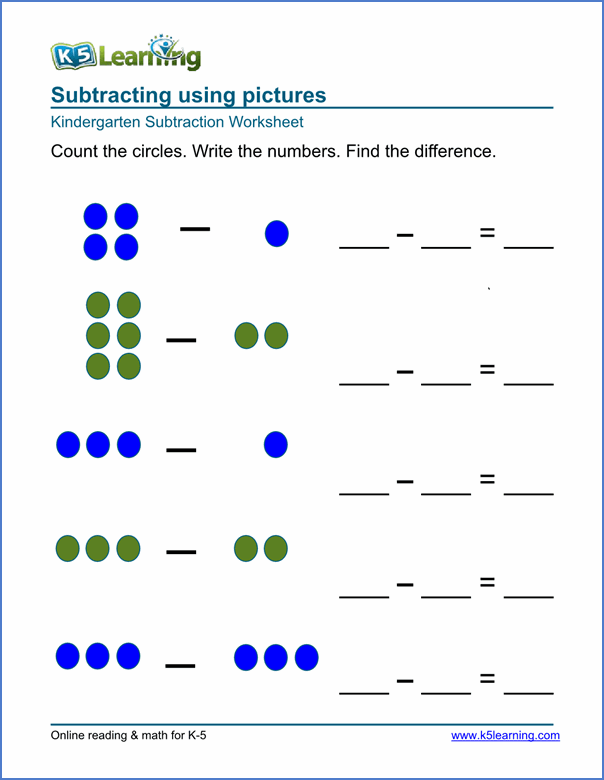 Regular updates of fresh and new content keep the app exciting and interesting for young ones.
Regular updates of fresh and new content keep the app exciting and interesting for young ones.
Remember, however, that while the app works to help kids learn numbers and the concepts behind them, children always reap the most benefits when their parents participate. In return, it’s important that you make time to laugh along, mimic the speech models with your child, and extend the ideas on the app into the real world so that they can gain more context.
The more time you spend doing toddler activities and using the Speech Blubs app with your child, the more benefits they will receive from it.
Teach numbers with Speech Blubs! Our fun section, NUM8ERS & M3 will help your toddler learn counting and develop his number sense in no time!
6. Go on a Numbers Hunt
Draw numbers from 1 to 10 on large pieces of paper. Tape them on the objects around the playroom or in your living room. For example, one can be on a chair, two can be on the couch, three in the corner, four on the wall, five at the window, etc.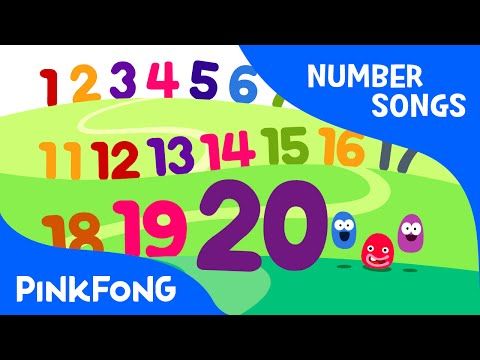 When you shout out a number, your child has to go to that number and point to any object they represent! If they struggle you can give them clues. This activity is best for kids aged 3 or 4 when they have already learned the numbers by rote. It is also fun physical activity if you tell them they have to be as fast as possible or if you have more kids in the room who can compete to arrive first at the right number.
When you shout out a number, your child has to go to that number and point to any object they represent! If they struggle you can give them clues. This activity is best for kids aged 3 or 4 when they have already learned the numbers by rote. It is also fun physical activity if you tell them they have to be as fast as possible or if you have more kids in the room who can compete to arrive first at the right number.
Find more ideas in this video about Number Recognition Preschool Activities:
Watch this video for more educational math activities for preschoolers!7. Trace the Numbers
For this one, you need masking tape. Tape the shape of a number on a big piece of paper and ask your little one to trace them with colored pencils or sharpies.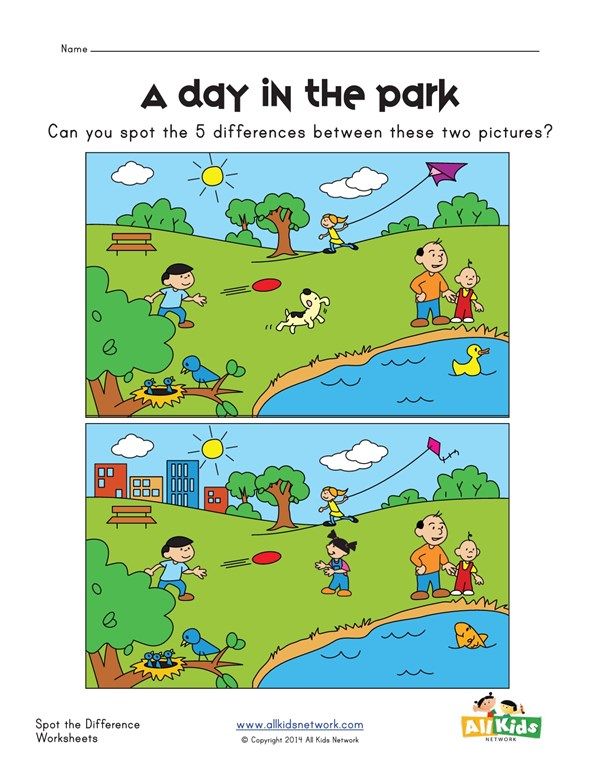 Besides the number writing practice, this activity is also great for working on their fine motor skills! If they like it, it can keep them occupied while you take some time off, prepare a meal, etc.
Besides the number writing practice, this activity is also great for working on their fine motor skills! If they like it, it can keep them occupied while you take some time off, prepare a meal, etc.
8. Sort the Colorful Mini Pom-Poms
Take an egg carton, and write a number in each of the egg compartments. Color each with a specific color. Now find objects to fit in the egg compartment that are the same color. This can be paper clips or small fluffy pom-poms you can get in the dollar store. Now match the number of pom-poms with the number and color in an egg compartment. For example, 1 yellow pom-pom, 2 red pom-poms, 3 green pom-poms, etc. Give your toddler the exact number of pom-poms for each color! Mix them up, and ask your child to sort them. They will be sorting for hours, learning colors and numbers at the same time.
9. Count with Legos
If you have Legos or any other toy building bricks at home, you can simply count them and learn numbers. Write numbers from one to 10 on a piece of paper.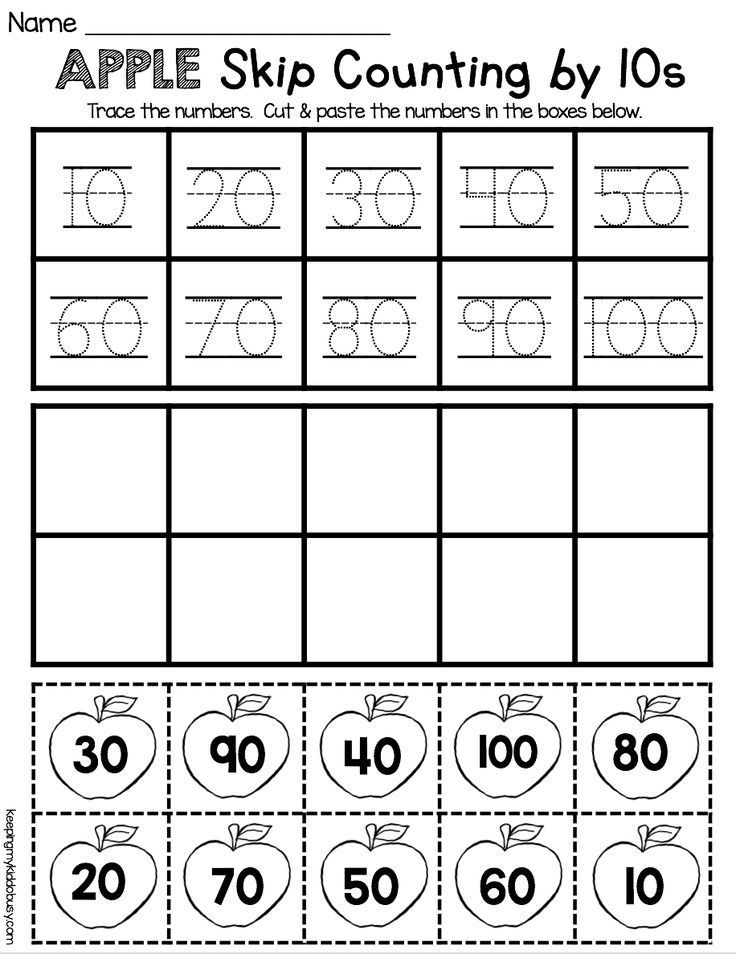 Below each number write a square or a box. Ask your child to put one Lego brick in the box under the number one, two under the number two, three under the number three, and so on. This will teach your child to compare what is less and what is more. You can also ask them: “Is one less than two? If I have two lego bricks, do I have more than one?” Don’t be too bothered with right or wrong answers (you can model to them what is right), the point is to just get them familiar with comparisons.
Below each number write a square or a box. Ask your child to put one Lego brick in the box under the number one, two under the number two, three under the number three, and so on. This will teach your child to compare what is less and what is more. You can also ask them: “Is one less than two? If I have two lego bricks, do I have more than one?” Don’t be too bothered with right or wrong answers (you can model to them what is right), the point is to just get them familiar with comparisons.
Learn Numbers With Speech Blubs!
Take this quiz and get a report on your child’s milestones and a personalized learning plan.
Start the Assessment
How to teach a child to count - examples Grade 1
Counting is one of the basic skills that a preschooler should have. Teaching a child to count is not difficult, you just need to know how to properly organize the learning process. Children first develop visual-effective, and then visual-figurative thinking, so any mathematical operations must be demonstrated with practical examples.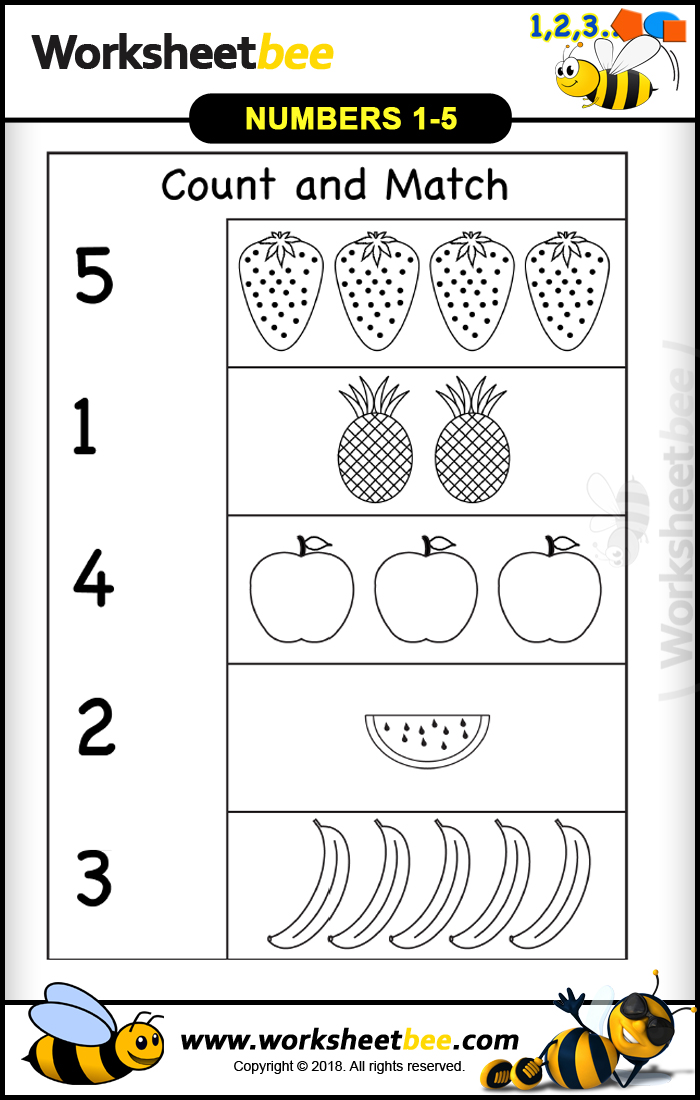 Let's see how easy it is to teach a child to count.
Let's see how easy it is to teach a child to count.
When to start teaching counting?
The optimal age for learning to count is between 3 and 5 years of age. At three years old, the thinking of the crumbs is already sufficiently developed to master this skill. Some babies are taught to count at an even earlier age by their parents.
Children who go to kindergarten learn numbers and the basics of counting there. But if your kid does not attend kindergarten, you can take care of his education yourself. Counting is one of the basic skills that is desirable to master before the child goes to school. Of course, no one will require a first-grader to solve complex mathematical problems. But the ability to add and subtract will greatly facilitate the student's learning process.
The first step in learning to count is getting to know numbers. Already at 1.5–2 years old, you can show the crumbs the numbers and tell what they are called. At this age, the baby is still unable to count objects, even knowing the numbers, but he already understands the difference between "one" and "many".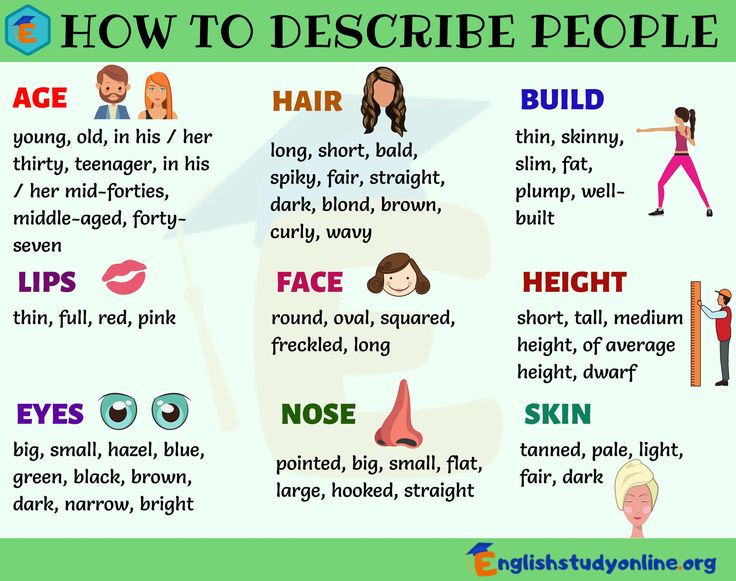 To solve this problem, CUVYRKOM has an excellent set of magnetic numbers and signs.
To solve this problem, CUVYRKOM has an excellent set of magnetic numbers and signs.
From the age of three, a baby can learn to count from 1 to 10 using specific tangible objects - sweets, apples, windows in a house or stairs. From 4–5 years old, the baby is already able to use not objects for counting, but numbers and count up to 20. And by the age of six, he can easily master counting up to 100 (and this is not the limit), as well as learn addition and subtraction.
Do not forget that everything is individual here. Some children learn mental counting almost from the cradle, while others can’t really add 2 + 2 until the school itself. And if your baby still can’t count, don’t be discouraged. Perhaps it is still small and you just need to wait a bit.
Methods for teaching counting
There are quite a few ways to teach a child to count correctly. Let's consider the most common.
- Finger counting. This is the easiest and most affordable method for which no manuals are needed.
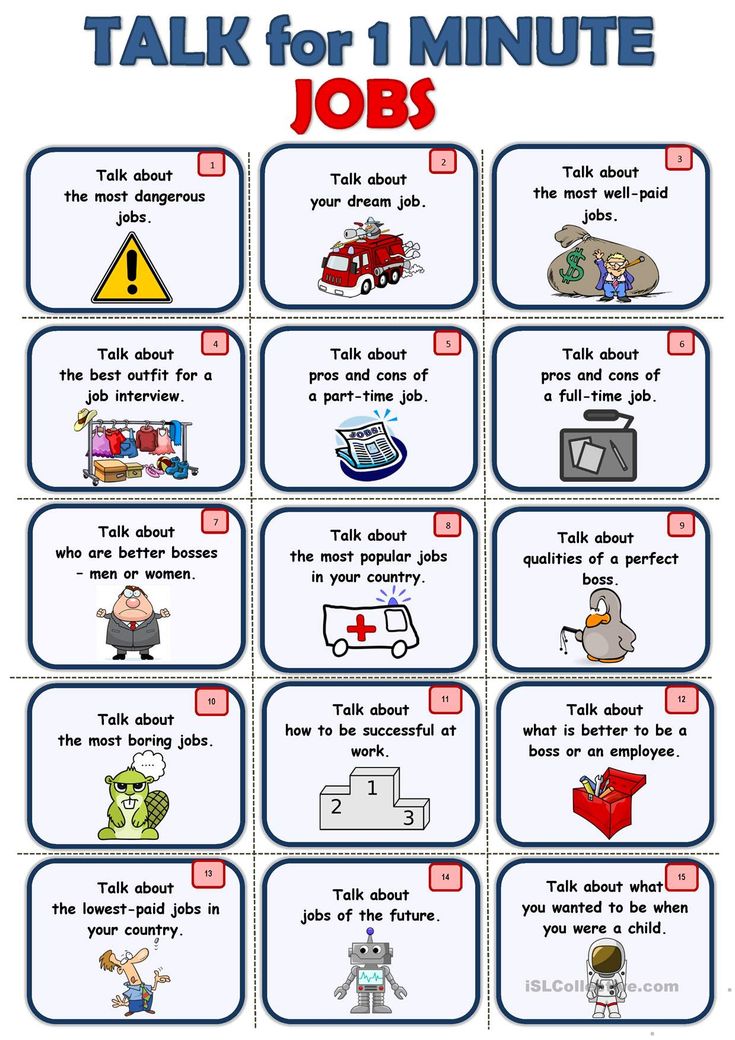 Fingers are always with the baby, so you can practice anytime and anywhere, for example, during a trip or standing in line to pass the time. You can learn to count up to ten on your fingers. But it’s difficult for a baby to remember ten numbers at once, so start with one hand. How to teach a child to count to 5, you can connect the second hand.
Fingers are always with the baby, so you can practice anytime and anywhere, for example, during a trip or standing in line to pass the time. You can learn to count up to ten on your fingers. But it’s difficult for a baby to remember ten numbers at once, so start with one hand. How to teach a child to count to 5, you can connect the second hand. - Counting sticks. This is a popular teaching tool used in kindergarten, school, preschool preschool. These sticks are usually sold in office supply stores and school supply stores. If you don't have chopsticks, you can replace them with matches or toothpicks.
- Counting cards. Cards are similar to sticks. You can buy a set of cards or make your own out of cardboard.
- Montessori method. It is very easy to teach a child to count using the Montessori method. It's like playing shop. You will need coins of different denominations and various items that the child will "buy".
- Doman technique.
 Is a set of cards with red dots. A certain number of dots are drawn on each card - one, two, three, etc.
Is a set of cards with red dots. A certain number of dots are drawn on each card - one, two, three, etc. - Zaitsev method. The main feature of the method is to immediately show the crumbs the numbers from 0 to 100. This is necessary so that he understands how many tens and ones are included in each number. To teach this technique, a set of special cards with numbers is used.
- Polyakov's method. This way to teach a child to count involves the use of cubes, a special box with cells for cubes and a set of cards with numbers.
You can choose any technique you like or try everything and choose the one that suits your son or daughter the most. If you don’t want to buy teaching aids and master the intricacies of different methods, you can teach a child of 4–5 years old to count on fingers and improvised objects. And it’s also convenient to learn to count through the game. This can help you tabletops from CUVYRKOM.
How to teach your child to count to 10
The easiest way to learn to count to 10 is to use your fingers.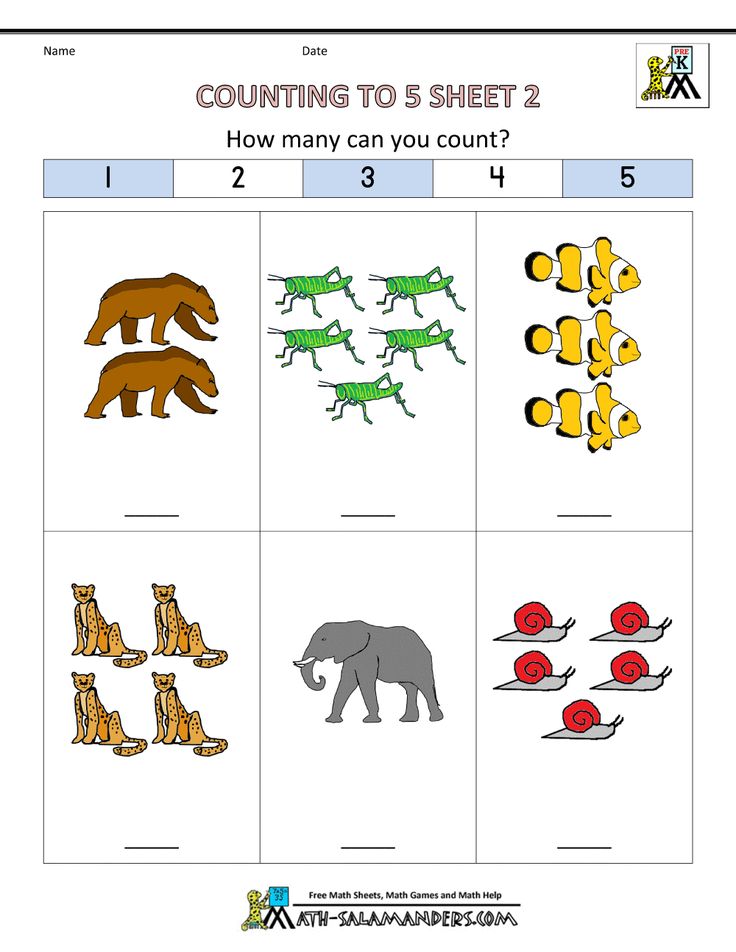 You can count on your fingers without even knowing how the numbers are written. The main thing is to remember their name and order. As a rule, babies do not have these problems, and they quickly learn to count on their fingers. Then you can teach your child to count from 10 to 1 (back counting).
You can count on your fingers without even knowing how the numbers are written. The main thing is to remember their name and order. As a rule, babies do not have these problems, and they quickly learn to count on their fingers. Then you can teach your child to count from 10 to 1 (back counting).
To make the baby learn faster and easier, do the following:
- Focus on numbers as often as possible. Say to the baby: “Now you are three years old, and next year you will be four”, “I bought five apples and three oranges”, “It's time to go to bed, it's already nine o'clock”, “In two days grandmother will come to visit us”. The child will learn that numbers and numbers are everywhere present in everyday life.
- Show pictures showing objects, people, animals within ten.
- Constantly train. Encourage your child to count anything - cars, trees, toys, people. You can do this on the way to the kindergarten, on a walk, at home.
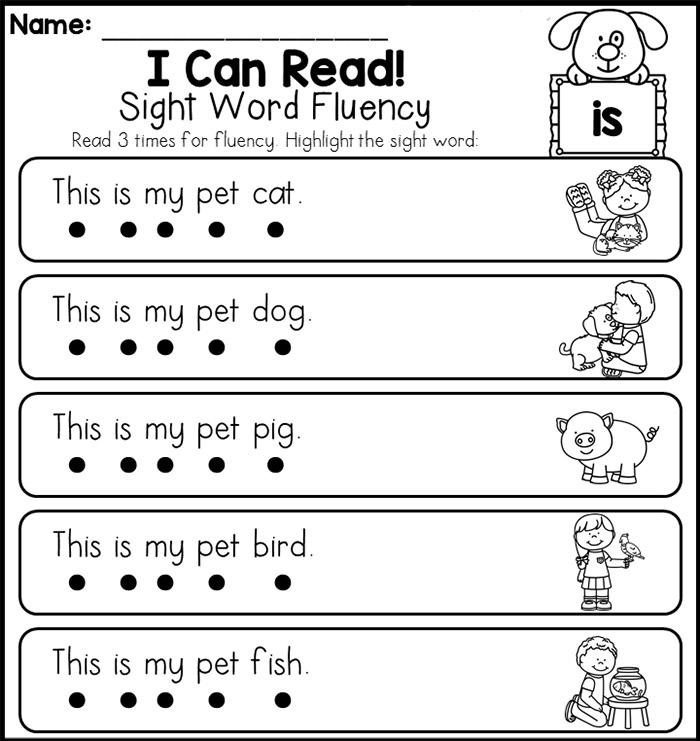
Buy number cubes or a set of magnetic numbers. The kid will be happy to play with them, at the same time remembering how each number visually looks. When he can confidently count to ten, move on to the second ten.
How to teach a child to count to 20
To teach your son or daughter to count to twenty, you can use two pairs of hands - the child and yours. Sticks, cards and any other counting instruments are also suitable for this purpose. Explain to the baby the concept of "composition of a number." Show how two-digit numbers are formed by adding one single-digit number to another.
Take 10 counting sticks or any other items and place them in a row. Then add a stick of a different color to make the number 11. In the same way, demonstrate how the numbers 12, 13, and so on up to 20 are made.
Explain that the word "twenty" is an old word that means "ten." “One twenty” - it turns out 11, “two twenty” - 12, etc. That is, adding a number to ten, we get a new number and so on until we get “twenty” - two tens.
Take twenty sticks or other counting items and practice with them. When the baby learns to count well up to 20, you can move on to counting up to 30, 40, etc. If he understands how two-digit numbers are formed, there will be no difficulties with further learning.
How to teach a child to count to 100
If the child already knows how to confidently count to twenty, you can move on to counting to one hundred. First, practice remembering the correct sequence of tens of numbers: 10, 20, 30, 40 ... When the son or daughter remembers the sequence of tens, move on to adding ones, as described in the example with counting up to 20.
Do not try to learn all the dozens of numbers at once, so as not to overload the baby. Learn one ten a day. Before you take on the next ten, be sure to repeat the previous one. Take your time. Go to each new ten numbers only when the child firmly remembers the previous one. Otherwise, he will get confused and lose interest in learning.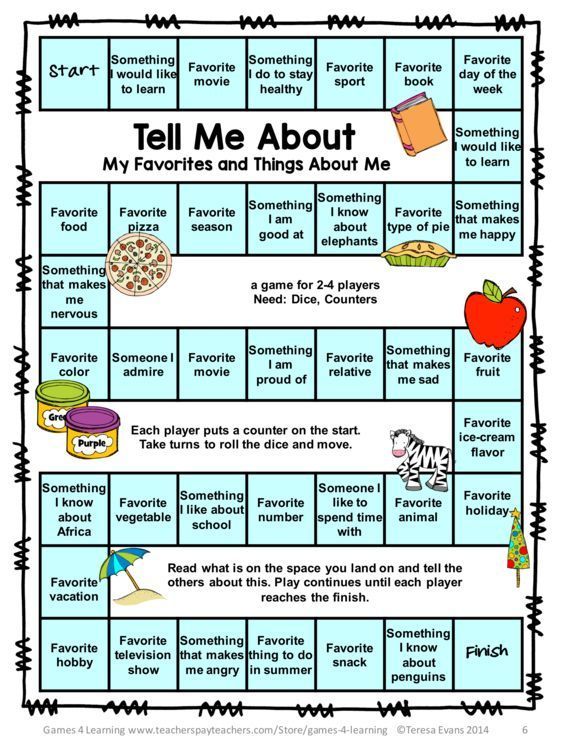 Consistency and patience are the main rules of training.
Consistency and patience are the main rules of training.
Also CUVYRKOM has kits for learning to read
Teaching addition and subtraction
When preparing for school, it is useful not only to teach a child to count quickly, but also to solve elementary examples of addition and subtraction. The easiest way to get started with basic arithmetic is with sticks, dice, or other counting items. Fingers will work too.
Start teaching addition to your son or daughter with the simplest example: 1+1=2. Take one item and add another to it. Show the result. Now add two to the first item, then three. Let the baby practice on his own by adding different numbers.
Be sure to tell him that the amount does not change from changing the places of the terms. Let him verify this by adding 3+5 and 5+3, 2+4 and 4+2. After the kid has successfully mastered addition, proceed to subtraction.
And in this article you can read about learning to multiply.
Explain to him that addition and subtraction are related operations.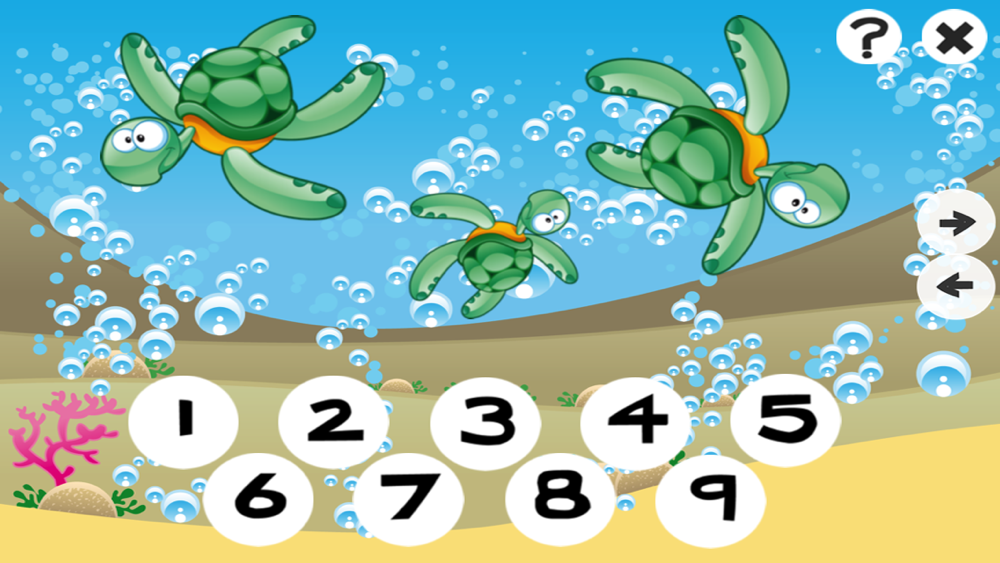 Show this relationship with an illustrative example. Take three sticks, add one to it - you get four. Now remove one stick and show that there are three left, as it was at the beginning. When the kid learns this principle, he will easily be able to solve examples for subtraction.
Show this relationship with an illustrative example. Take three sticks, add one to it - you get four. Now remove one stick and show that there are three left, as it was at the beginning. When the kid learns this principle, he will easily be able to solve examples for subtraction.
To make the rules easier to remember, translate them into simple, easy-to-understand examples. For example: “You have three sweets. You will share one with your mother. How much will you have left? or “Mom gave you two apples, and dad added three more. How many apples have you got? For greater clarity, you can take these sweets, apples, invite dad and reproduce the conditions of the problem in reality. Such activities will arouse much more interest in the crumbs than the boring memorization of abstract numbers.
Games and fun ways to help your little one learn to count
The easiest way to teach a child to count is through play. The following helper methods will help you with this.
Counting songs
Children perfectly perceive information by ear and easily memorize songs and rhymes.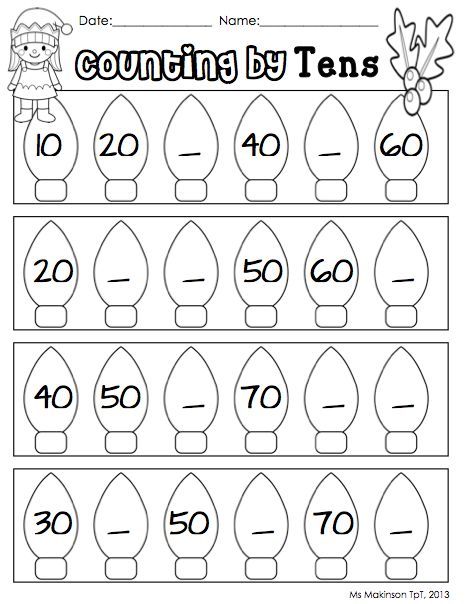 There are a lot of funny counting rhymes on YouTube that help just teach a child to count. You can turn them on to your little one, memorize with him, and then sing along throughout the day. With the help of these funny songs, you can learn not only numbers, but also the elementary rules of addition and subtraction.
There are a lot of funny counting rhymes on YouTube that help just teach a child to count. You can turn them on to your little one, memorize with him, and then sing along throughout the day. With the help of these funny songs, you can learn not only numbers, but also the elementary rules of addition and subtraction.
Sorting items
Buy your son or daughter a sorter - a box with slots in the form of shapes of different shapes and a set of matching inserts. The task of the kid is to pick up his figure for each hole and insert it there. This educational toy is very useful for children 2-4 years old. With its help, they learn to distinguish shapes in shape and color. The sorting process develops logic and teaches the basics of geometry. Another popular game is also suitable - Segen boards.
You can use not only the sorter for this purpose, but also the items at hand. Invite the baby to sort buttons by color or size, spoons and forks, etc.
Lego
Games with the construction set perfectly train the mind and logical thinking.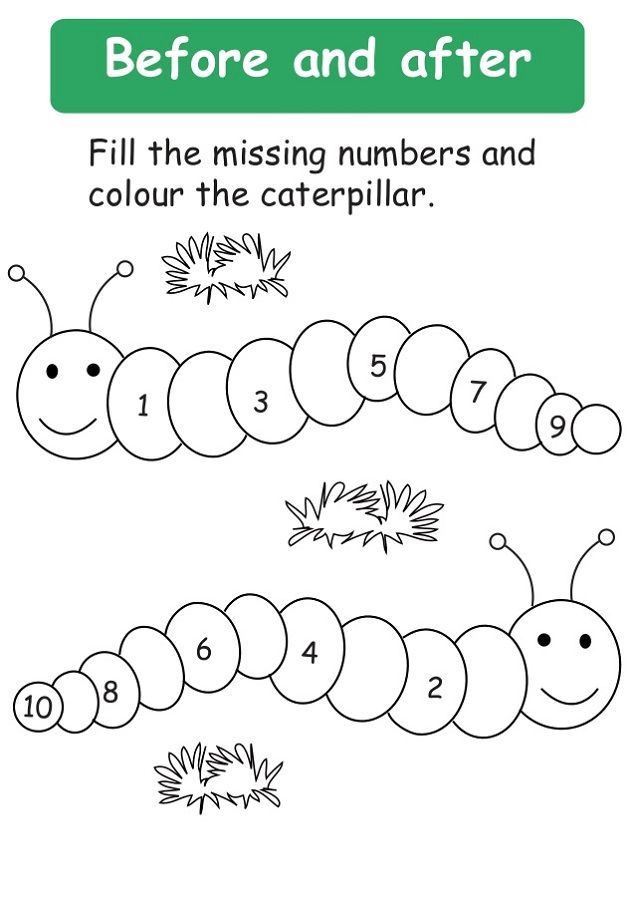 Since the details of the designer have different lengths and shapes, when assembling them, the kid has to think about what to attach to what. While the child is small, buy him a universal designer, consisting of simple rectangular and square blocks. As you grow older, you can buy themed sets in which you need to collect a certain figure (car, ship, tractor or robot).
Since the details of the designer have different lengths and shapes, when assembling them, the kid has to think about what to attach to what. While the child is small, buy him a universal designer, consisting of simple rectangular and square blocks. As you grow older, you can buy themed sets in which you need to collect a certain figure (car, ship, tractor or robot).
Memory Cards
This aid helps your child learn to count quickly and correctly. Buy a set of mnemonic cards that show numbers, and next to them - certain items in the appropriate amount. For example, 1 is one pear, 2 is two oranges. Such cards create a stable connection in the child's brain between the image of a number and its actual value.
It's good if the cards catch the eyes of the baby as often as possible. There are magnetic models that can be hung on a special board or refrigerator. There are also cards designed in the form of a large poster that is hung on the wall.
How do you know if a child has learned to count well?
Mathematical knowledge of a preschooler can be called solid if he:
- without hesitation lists numbers from 1 to 10 (20) and in reverse order;
- understands the "neighbors" of a given number: which of them is greater and which is less;
- can count the number of items within five just by glancing at them;
- can count not only on fingers and objects, but also in the mind.
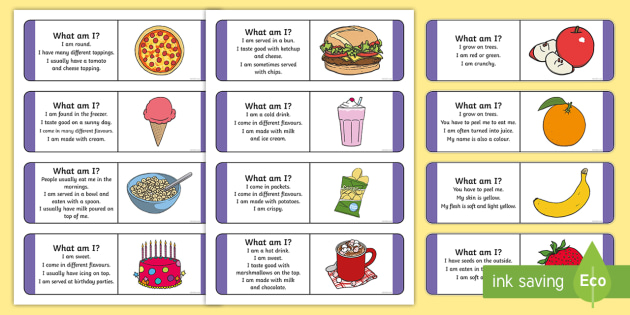
The ability to count, like any other skill, is improved through numerous trainings. It is not enough just to teach a child to count numbers, you need to apply the knowledge gained in practice. Teach your baby to count as often as possible to hone the skill to automatism.
Here you will find materials on how to teach division and motivate your child to learn.
step-by-step instructions with expert advice
Counting is inextricably linked to our whole life and is an important element of it. But how to teach a child to count from 1 to 10 and to understand numbers in general so that learning becomes a joy, not a punishment?
Evgenia Golitsyna
Author of KP
Natalya Melnichuk
Head, teacher-psychologist
Developing programs
Children's Center "Stars"
Elena Balakina
Psychologist-Pedagogical Pedagogical Psychologist Up.
employee of the children's center "Dandelion"
Irina Musinova
Director of the center of mental
arithmetic "Abacus Crimea"
Elena Sapozhnik
Employee of the preschool child development studio
“Freckle”
It’s hard to imagine that we all once couldn’t count at all, because it seems that this skill is as natural for a person as seeing, breathing or speaking .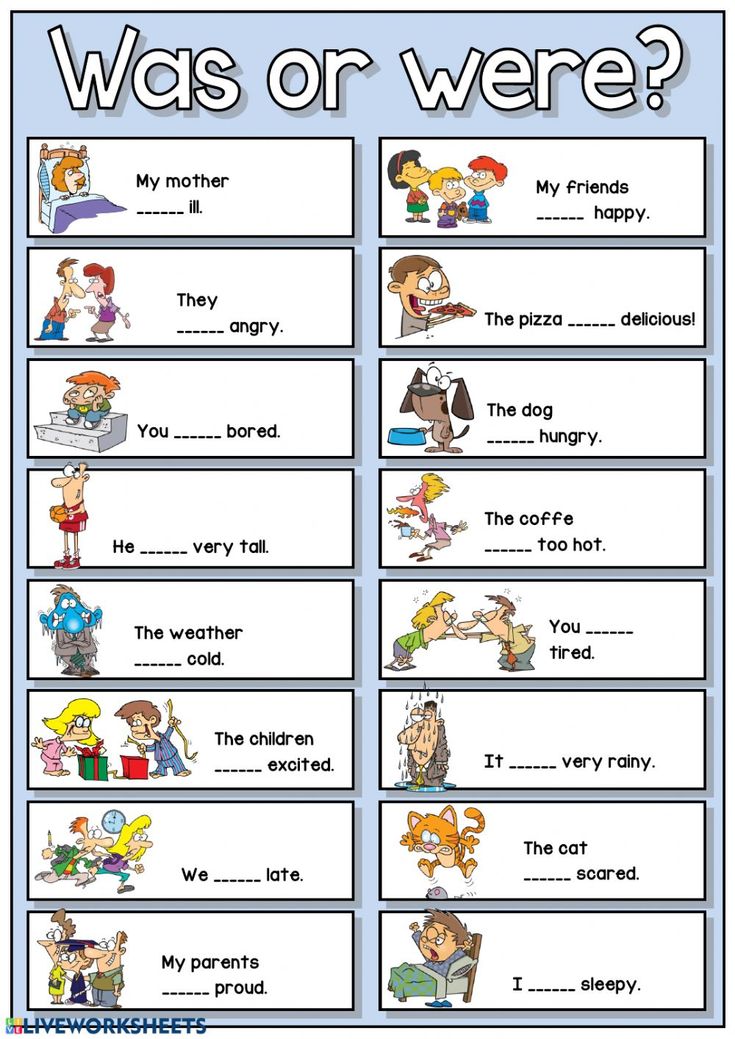 Even those who, for some reason, cannot read and write, still navigate in a simple account. There are, on the contrary, the only ones who instantly perform the most complex mathematical calculations in their minds. But all this is not an innate gift, but the result of the training that each of us underwent in childhood. This is a task that every parent invariably faces: how to teach a child to count and not discourage him from learning? How to turn boring activities into an exciting game? how to develop counting skills in him, and perhaps discover a future mathematical genius in his son or daughter?
Even those who, for some reason, cannot read and write, still navigate in a simple account. There are, on the contrary, the only ones who instantly perform the most complex mathematical calculations in their minds. But all this is not an innate gift, but the result of the training that each of us underwent in childhood. This is a task that every parent invariably faces: how to teach a child to count and not discourage him from learning? How to turn boring activities into an exciting game? how to develop counting skills in him, and perhaps discover a future mathematical genius in his son or daughter?
Step-by-step instructions for teaching a child to count
Adults think and perceive the world in different ways: someone is better at handling images and objects, while someone is easier to navigate in abstract mathematical categories. As for young children, everything is simpler here: with rare exceptions, they all perceive the world through objects, and abstractions for the time being are beyond their understanding.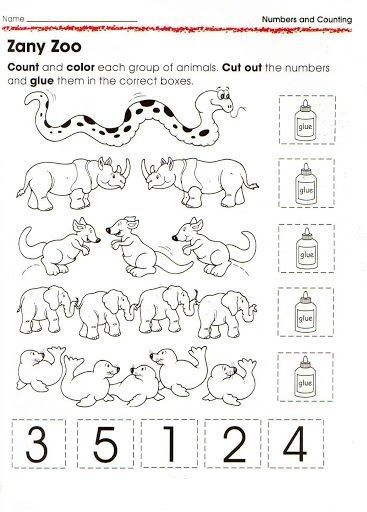 Therefore, in order to teach a child to count, it is necessary to operate either with the objects themselves or with their images. The first is preferable, since it is very important that the baby can not only see what he has to count, but also feel, smell, and even, possibly, try on the tooth. The reason lies precisely in the fact that he needs to link an abstract number with an object that is understandable to him, real and tangible by all the senses. It can be fruits, vegetables, sweets, toys, and even your own fingers (in this case, of course, you should not try it on the tooth). It is especially important to work with objects when you are dealing with very young children aged 1.5-2 years. Older guys are already excellent at operating with pictures.
Therefore, in order to teach a child to count, it is necessary to operate either with the objects themselves or with their images. The first is preferable, since it is very important that the baby can not only see what he has to count, but also feel, smell, and even, possibly, try on the tooth. The reason lies precisely in the fact that he needs to link an abstract number with an object that is understandable to him, real and tangible by all the senses. It can be fruits, vegetables, sweets, toys, and even your own fingers (in this case, of course, you should not try it on the tooth). It is especially important to work with objects when you are dealing with very young children aged 1.5-2 years. Older guys are already excellent at operating with pictures.
“Doggy and Cat”
You can start training at about a year and a half, but at this age, when the child still doesn’t really know how to speak, you shouldn’t expect any outstanding results from him. Just introduce him to the concept of counting - lay out toys in front of him and say: “Here is one dog. But the dog and the cat” and so on. Give the baby a toy in each pen so that he subconsciously associates their number with the number of hands. In a word, prepare him for future learning.
Just introduce him to the concept of counting - lay out toys in front of him and say: “Here is one dog. But the dog and the cat” and so on. Give the baby a toy in each pen so that he subconsciously associates their number with the number of hands. In a word, prepare him for future learning.
Count everything you see
From the age of three you can start full-fledged education. And start with the simplest, with the fingers, because there are just ten of them.
Starting from this age, try to talk to your child about numbers as much as possible. These can be the simplest phrases: “We live on the third floor”, “We need bus number 15, and we get off at the fourth stop”, and so on.
Ask the child to count all the objects he sees, as well as steps, stairs and any actions he takes. At this stage of learning, it is already quite possible to work with pictures, so you can make special cards that show a different number of objects known to the baby: one apple, two plums, three berries.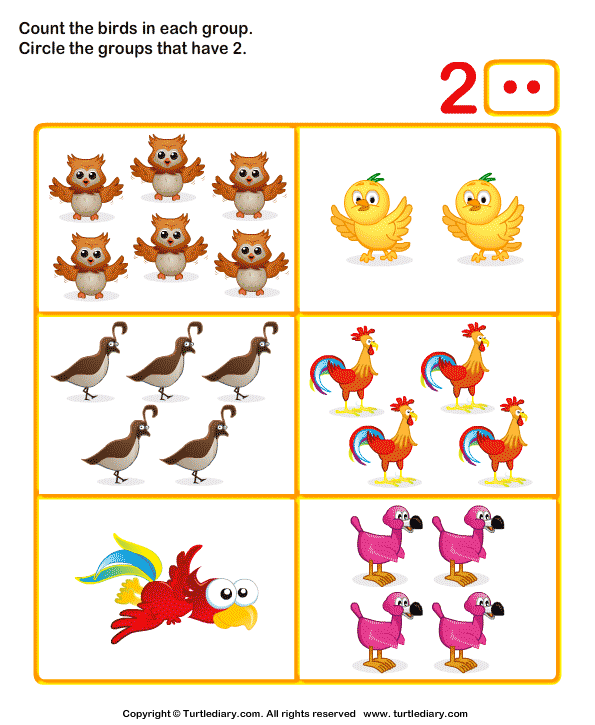
All kinds of counting verses are very useful at this stage - they are easy to remember, and counting is learned along with them.
In general, when starting to teach a child to count, remember two important things.
1. Until about 5 years old, a child cannot operate with abstract concepts, so the account must necessarily be tied to specific objects - real or drawn. For the same reason, do not immediately try to show the child how to write numbers, at least until he begins to confidently count to 10 and solve simple addition and subtraction problems.
2. Never scold your baby for mistakes, but don't begrudge praise. Studying should evoke only positive emotions in him, and the approval of his parents gives him an incentive to study better.
Some effective ways to teach your child to count
Finger counting
The easiest way to teach your child to count to ten.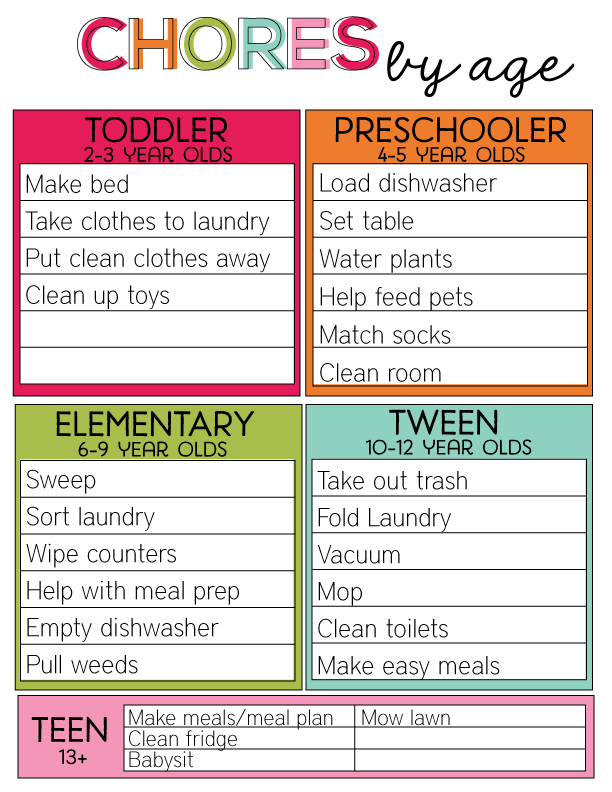 Assign a name to each finger that will correspond to its serial number. At first, one pen is enough. When the baby learns to name each finger, try to do the same with him, only in reverse order, and then at random. When everything works out, connect the other hand. And at the very end, try to master the concept of zero. This is easy to do: ask the child to squeeze the fist so that not a single finger is bent, or hide the hand behind the back. Fingers are not visible, they are not in front of the eyes, and their absence means zero, or nothing.
Assign a name to each finger that will correspond to its serial number. At first, one pen is enough. When the baby learns to name each finger, try to do the same with him, only in reverse order, and then at random. When everything works out, connect the other hand. And at the very end, try to master the concept of zero. This is easy to do: ask the child to squeeze the fist so that not a single finger is bent, or hide the hand behind the back. Fingers are not visible, they are not in front of the eyes, and their absence means zero, or nothing.
More-less
A useful exercise that will later help the child solve examples and determine the number by eye. Divide any items into two unequal groups and ask him to determine where there are fewer and where there are more.
Read also
How to teach a child to read
Parents of toddlers often ask themselves: “How to teach a child to read at home?” After all, school is just around the corner, and many children come already prepared - they can read and count
| Read more |
Counting objects
Together with your child, count all the objects that come into view.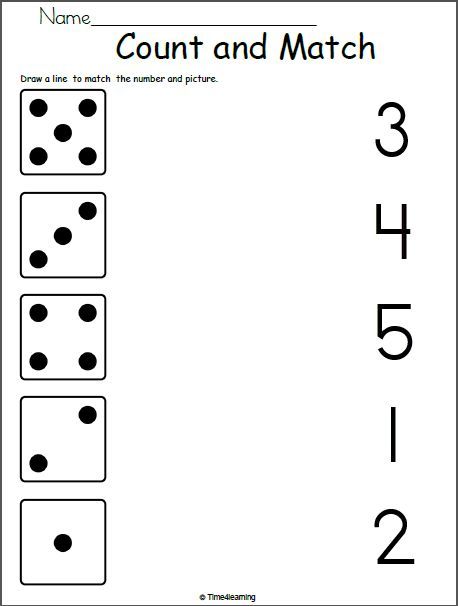 It is especially convenient to do this with apples or sweets (which can then be successfully consumed for its intended purpose). They are also useful for simple calculations. For example, ask your child the following tasks: “I have three candies in my hand. I give you two. How many candies do I have left? The main thing is that the child sees the counted objects and clearly understands their number.
It is especially convenient to do this with apples or sweets (which can then be successfully consumed for its intended purpose). They are also useful for simple calculations. For example, ask your child the following tasks: “I have three candies in my hand. I give you two. How many candies do I have left? The main thing is that the child sees the counted objects and clearly understands their number.
Equal to all
This simple and effective method is offered by the famous teacher Maria Montessori. True, it is suitable for those children who are already familiar with counting to ten. When there are several people in the room (or, for example, you and your dog will be there), ask the child to bring enough sweets from the kitchen so that there is enough for everyone. Thus, you will invite him to count all those present, and then sweets.
By the way, this exercise develops in the child not only counting skills, but also the ability to share and give.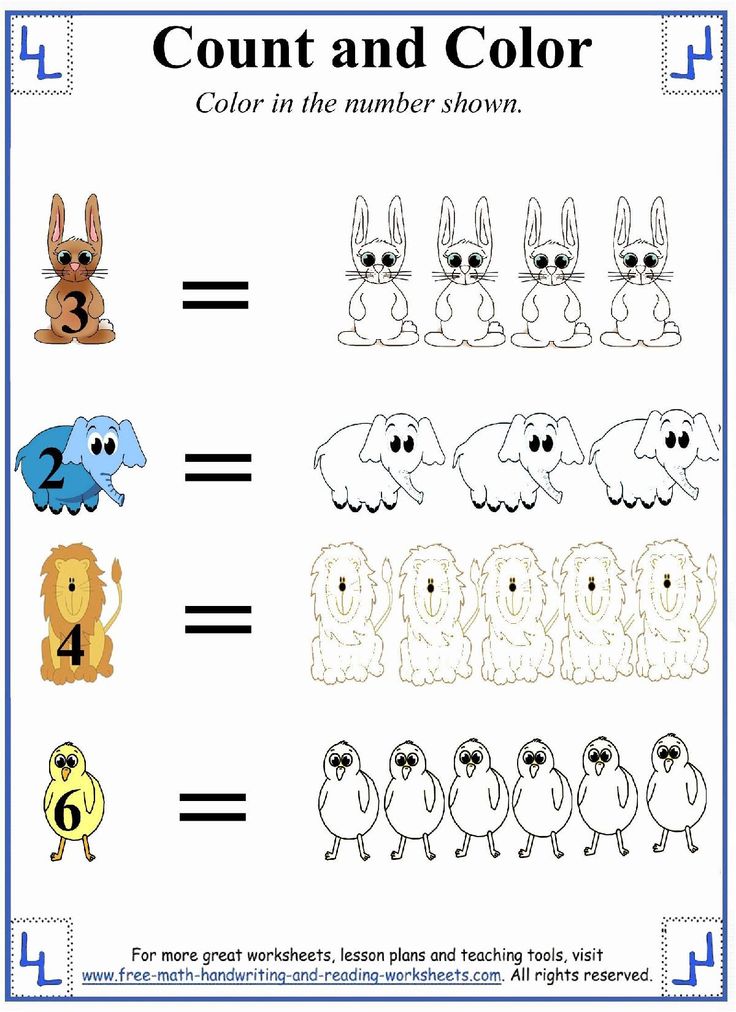
Popular questions and answers
At what age can children start learning to count?
Natalia Melnichuk, head, teacher-psychologist of developmental programs at the Zvyozdochka Children's Center (Simferopol):
— We teach children counting from the age of two. We study the score by playing various games with the help of counting material. Anything can act as a counting material: capsules from kinder surprises, various wooden or plastic figures, balls. Mobile musical games work very well, aimed at collecting the right amount of items.
How should I start teaching my child to count?
Elena Balakina, psychologist-teacher for early development, employee of the children's center "Dandelion" (Simferopol):
— To teach a child to count, one must first learn ordinal counting.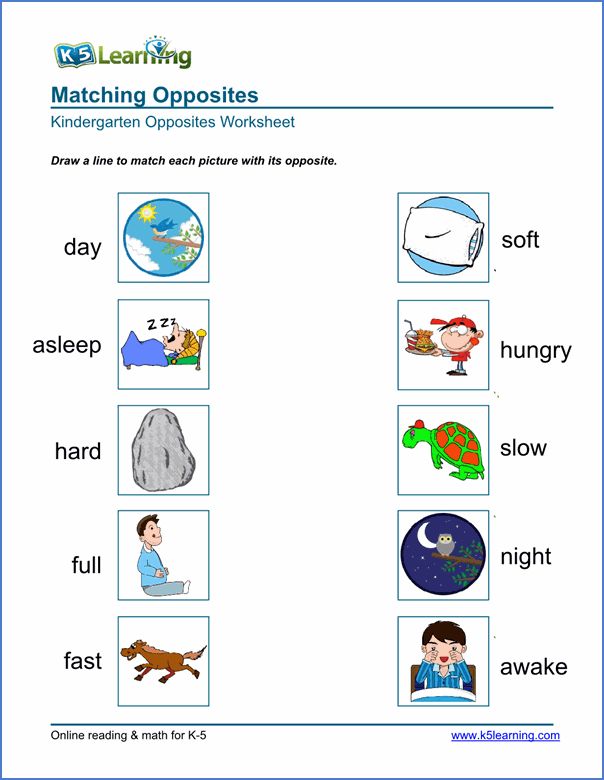 To do this, we count everything in a row: flowers, sweets, mushrooms, pencils. Then we introduce the concepts of "add" and "subtract". All actions are carried out with illustrative examples.
To do this, we count everything in a row: flowers, sweets, mushrooms, pencils. Then we introduce the concepts of "add" and "subtract". All actions are carried out with illustrative examples.
How to teach a child to count quickly?
Natalia Melnichuk:
— We are talking about counting from 1 to 10, which means we are talking about younger preschoolers. Here we are talking about the speed of counting is inappropriate. Here, rather, it is necessary to pay attention to the fact that the child does not memorize the score as a verse. And play quantitative-visual games. And so that the numbers were scattered, and not in order. By the age of four, you can also give a countdown.
In order for children to count quickly, you need to constantly train. The more training, the faster the score will be. Exercise, exercise and more exercise! Practice every day, count everything you see, play counting games with your child. The main thing is more. But here you need to understand that all children are different and you cannot demand the same results from them: some learn quickly, others slower. Yes, and the exercises should also be different, because someone perceives information by ear, someone just remembers the numbers, and someone needs objects to count. Therefore, to begin with, determine the way your child thinks and only after that select exercises for him that will eventually teach him to count quickly.
The main thing is more. But here you need to understand that all children are different and you cannot demand the same results from them: some learn quickly, others slower. Yes, and the exercises should also be different, because someone perceives information by ear, someone just remembers the numbers, and someone needs objects to count. Therefore, to begin with, determine the way your child thinks and only after that select exercises for him that will eventually teach him to count quickly.
Irina Musinova, director of the Abakus Krym mental arithmetic center (Simferopol):
— To increase your counting speed, you need to use simple simulators that you can make yourself. Write on a piece of paper simple arithmetic examples that the child already knows how to solve, but give the child a time frame: you must solve so many examples in such and such time (it should be small, but real). Thus, you set the pace for him to count. When it is not possible to solve all the examples at once, I console my students with these words: “Don't worry, it's just that these examples were not ready to be solved.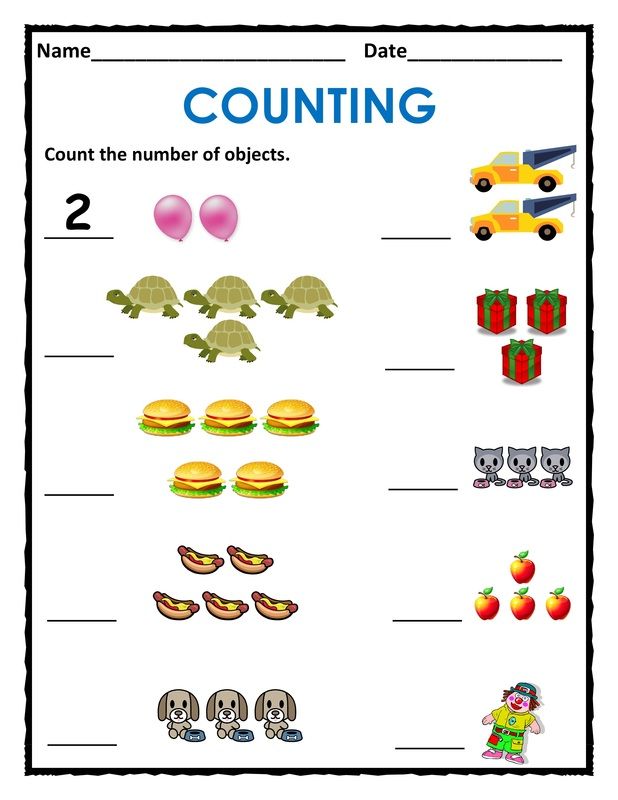 They went on vacation at sea, and when they return, you will immediately solve them. Children laugh and are no longer upset because something did not work out for them.
They went on vacation at sea, and when they return, you will immediately solve them. Children laugh and are no longer upset because something did not work out for them.
Elena Balakina:
— Parents should understand that systematic homework will help develop their children's mathematical abilities. You don't need a lesson for this. It is simply necessary, in everyday life, to set simple tasks: “Count how many saucers are on the table”, “How many sweets do you have? And if you eat two candies, how many will remain? Over time, tasks should become more difficult, and oral counting skills should improve.
How to teach a child to count mentally?
Natalia Melnichuk:
— If we are talking about very young children, then it is impossible to demand mental arithmetic from them, they simply will not be able to understand it, because they are able to think only in categories of specific objects. But starting from the age of 4, the child should already know both the numbers themselves and the concept of quantity.
But starting from the age of 4, the child should already know both the numbers themselves and the concept of quantity.
Our children and I are learning to count from 1 to 10 on our fingers - this is the easiest way for them. And gradually, instead of actually bending the fingers, we move on to visualization, that is, they imagine how the fingers are bent. And so they learn to count in the mind. But, as I said, it is easier for someone, more difficult for someone. There are children who easily memorize not only numbers, but also immediately learn the concepts of the composition of a number, that is, 5 for them is also 1 + 4, 2 + 3, and so on. Some people need more time to learn how to count in their minds - everything is very individual.
Irina Musinova:
— Children most often perceive mathematics in the form of images. We have kids who I teach to count in the usual way, but more often than not, children begin to count better when they see objects: beads, figurines, pencils, sticks - whatever.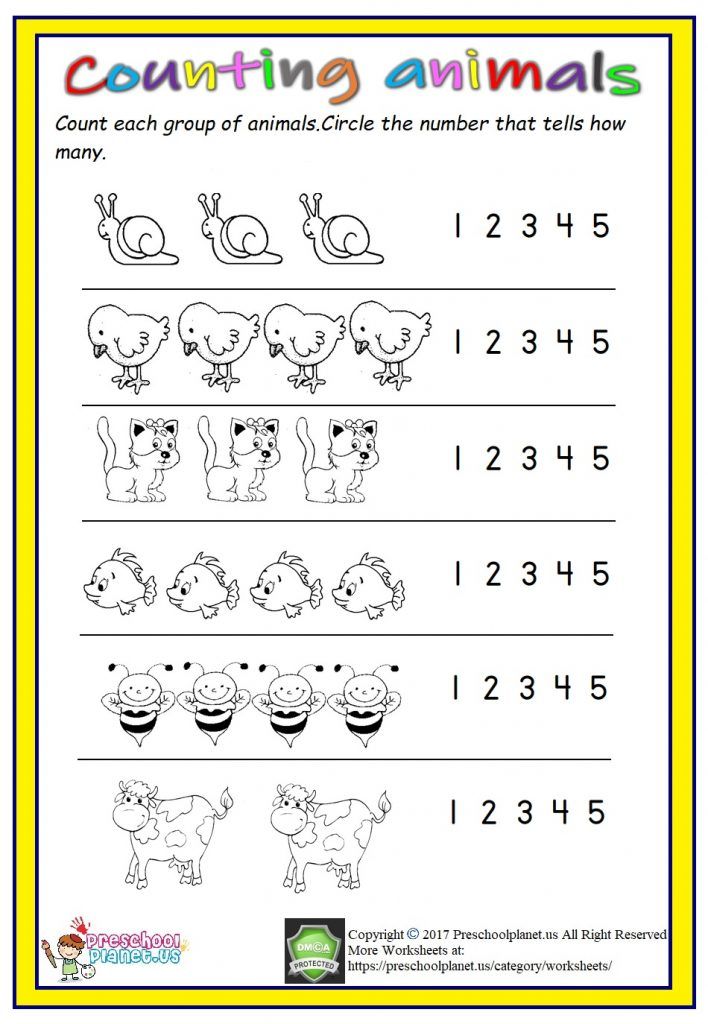 Children have developed imaginative thinking. Recall how your child plays with toys the situations he saw in cartoons. That is, he remembers, and then reproduces.
Children have developed imaginative thinking. Recall how your child plays with toys the situations he saw in cartoons. That is, he remembers, and then reproduces.
This method helps: count on some objects, and the next day ask him to imagine them and remember what mathematical operations were performed with them. It is better that the things that you use when counting with your baby are bright, so it will be easier for him to remember them.
Children love to write on the blackboard and remember what was written on it very well. Therefore, when I subsequently begin to write on the board those examples that we have already gone through, the students immediately recall them.
Elena Balakina:
— By the age of 5-6, we begin to prepare the child for mental counting. This is a difficult task, so the preparation is slow and gradual. After operating with visual aids, we replace them with cards, then ask the children to solve an example without cards, but you can say everything out loud.